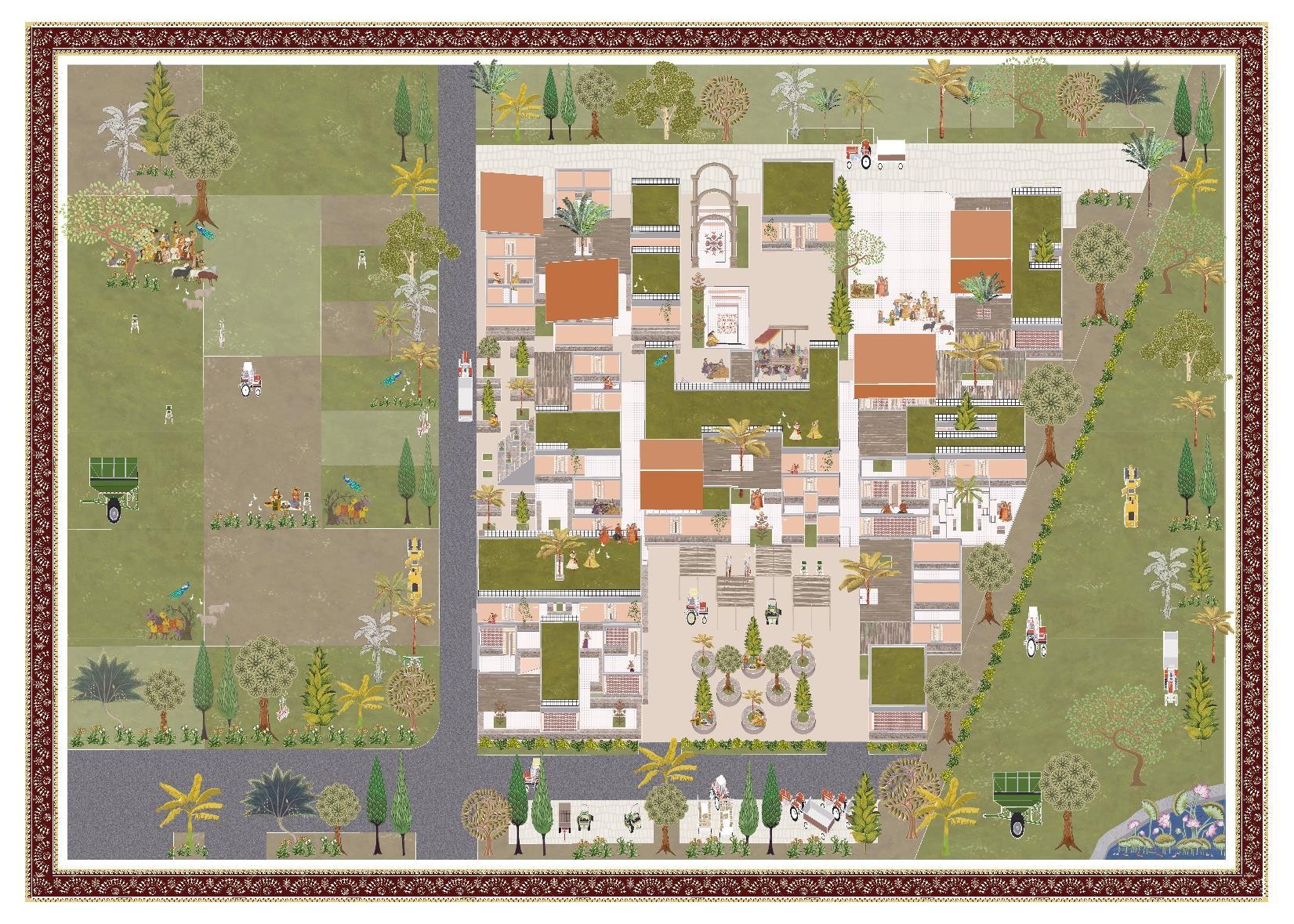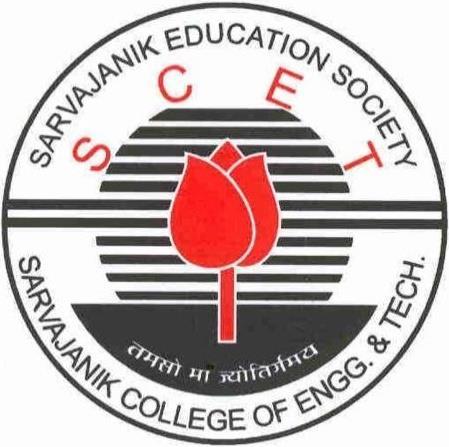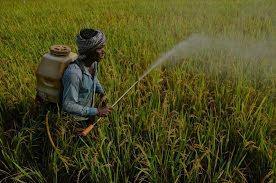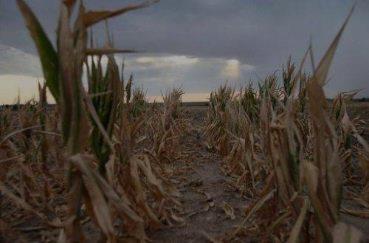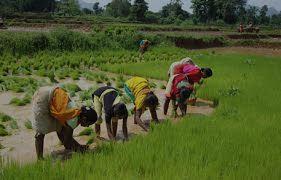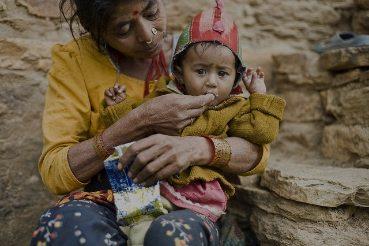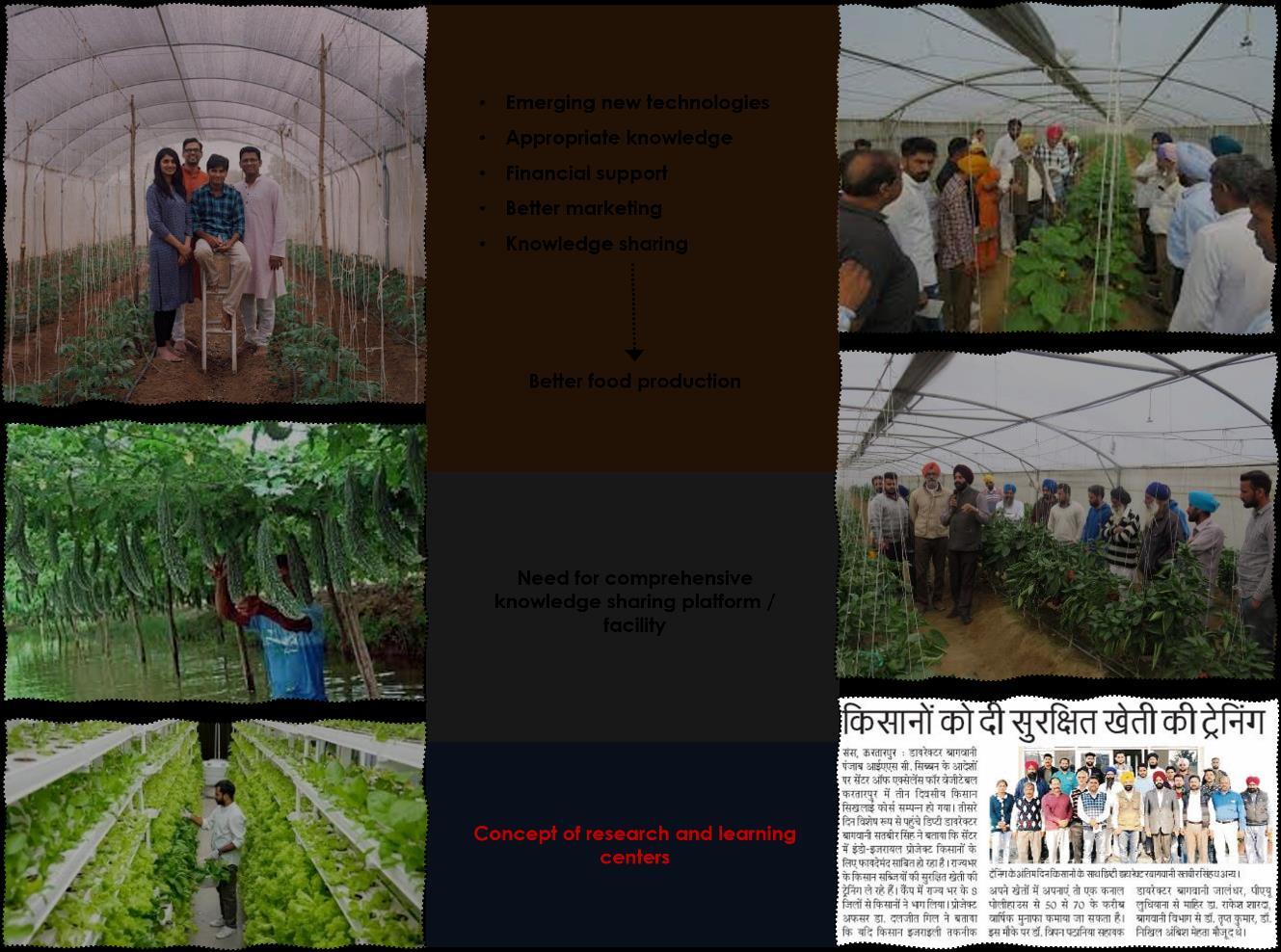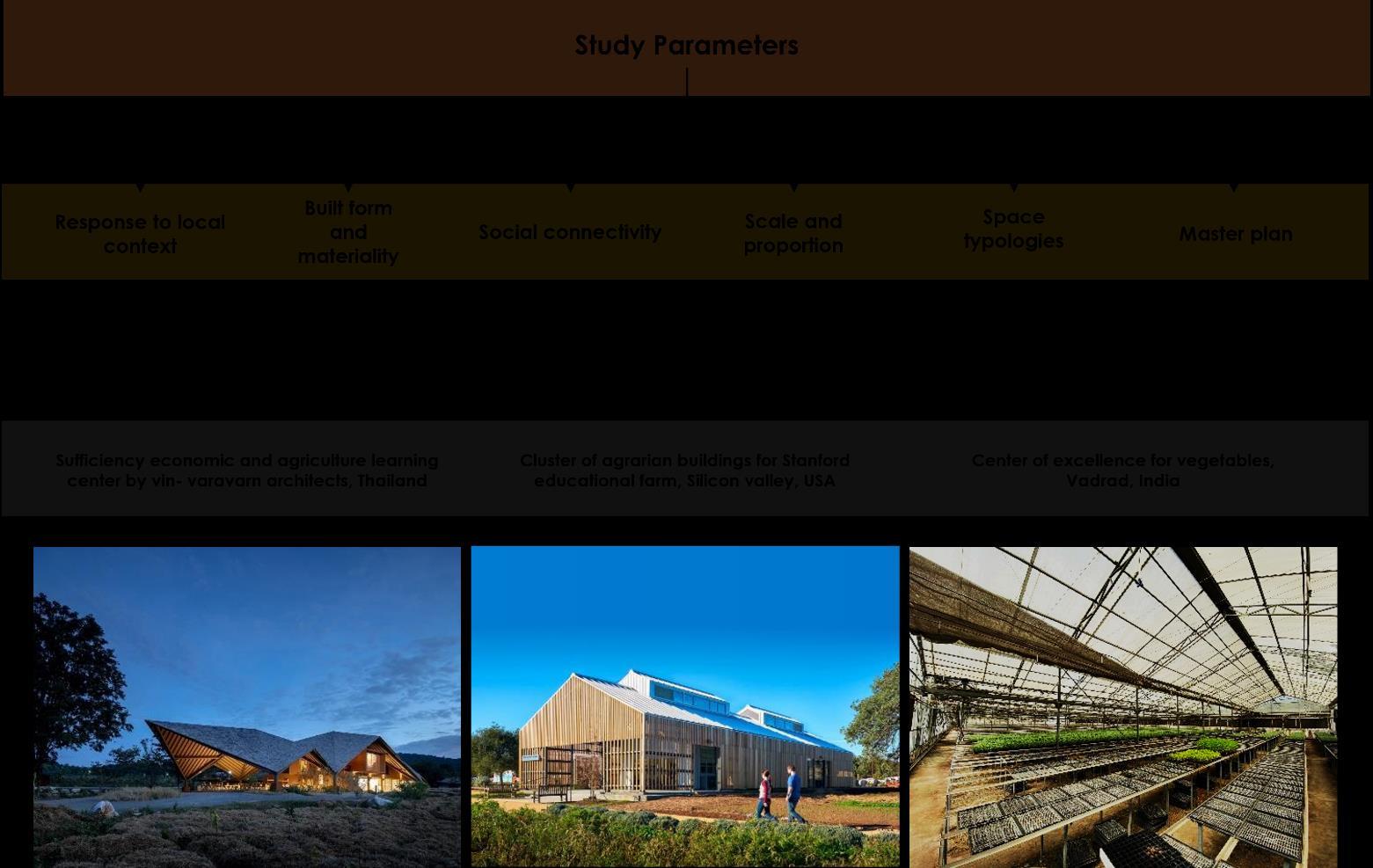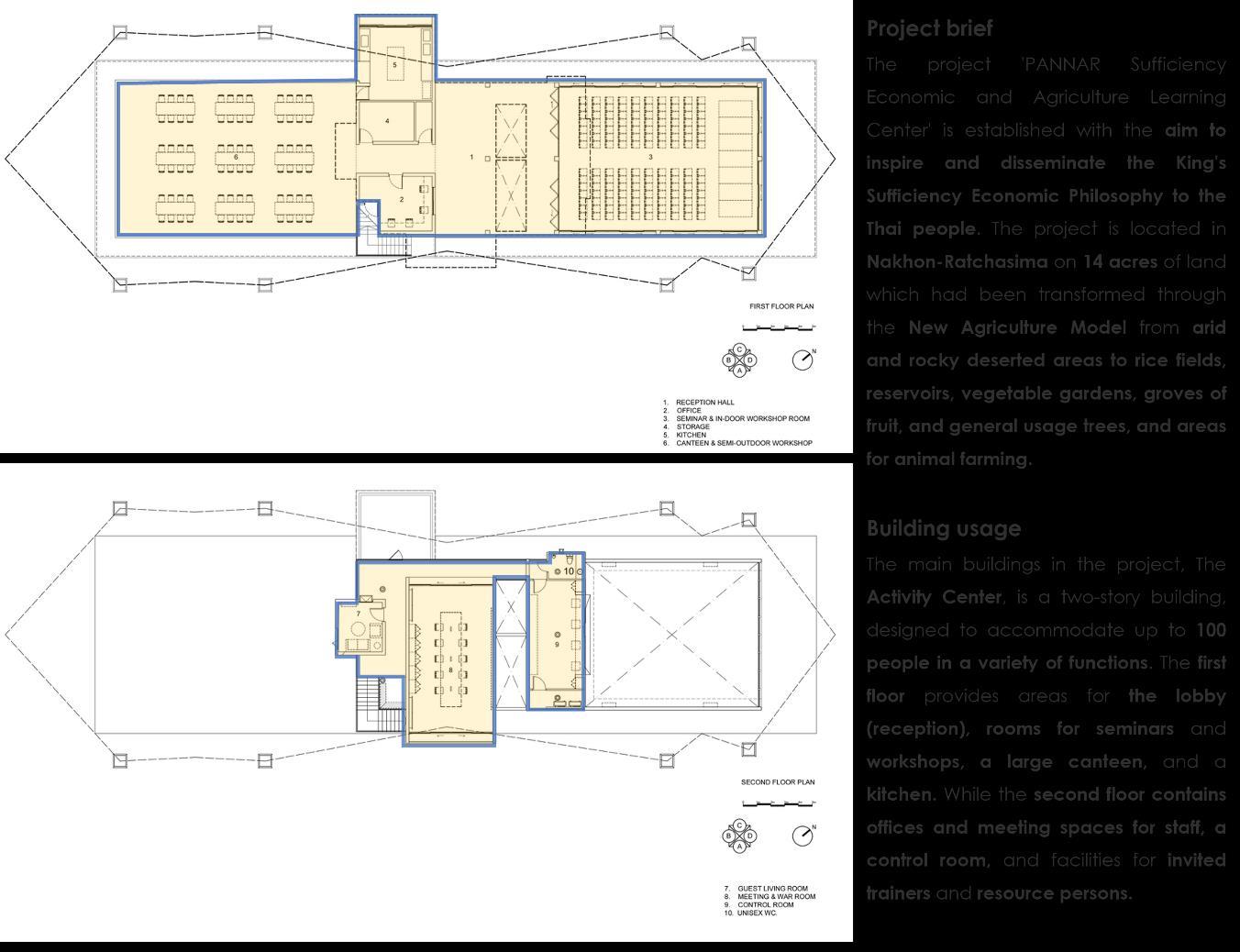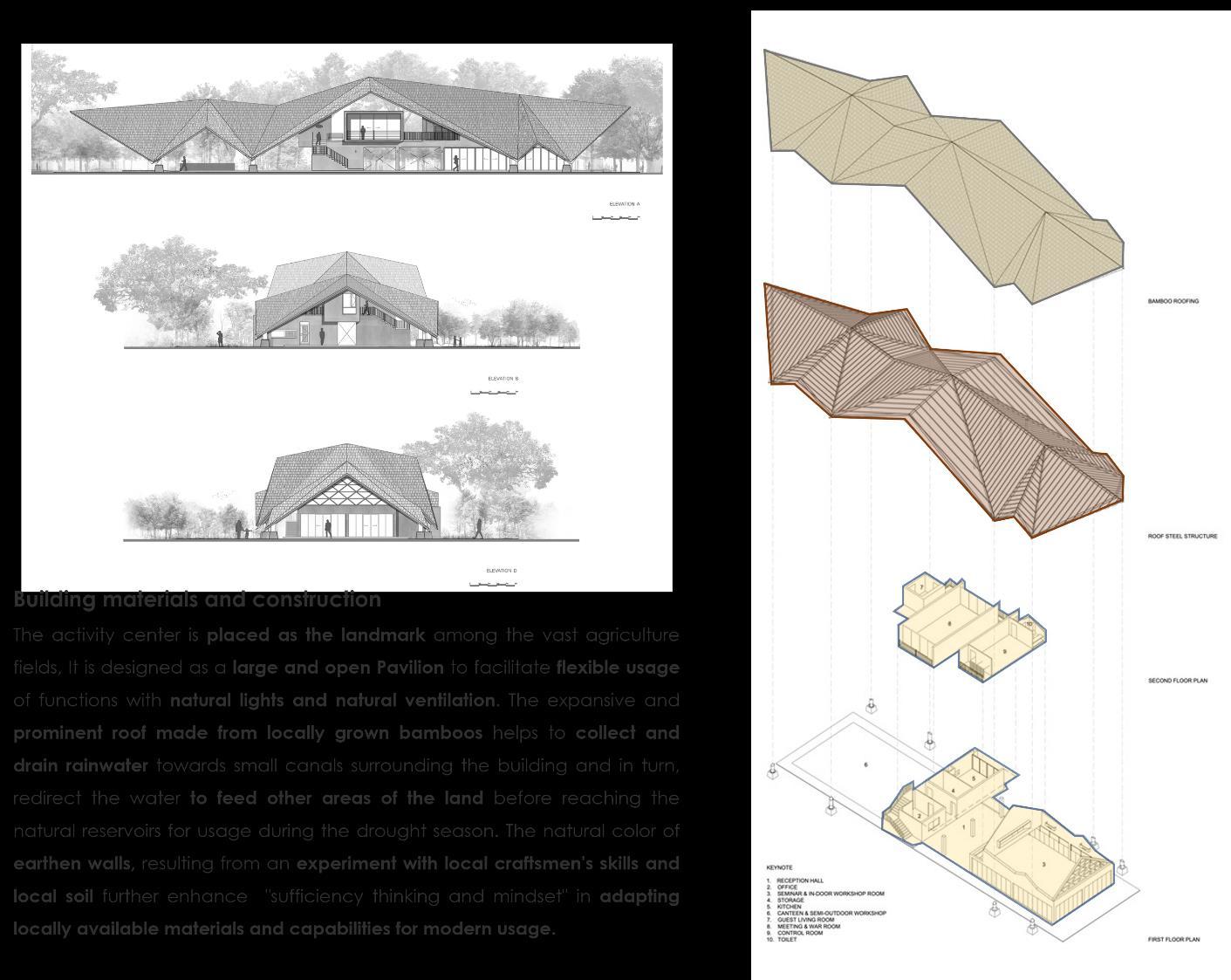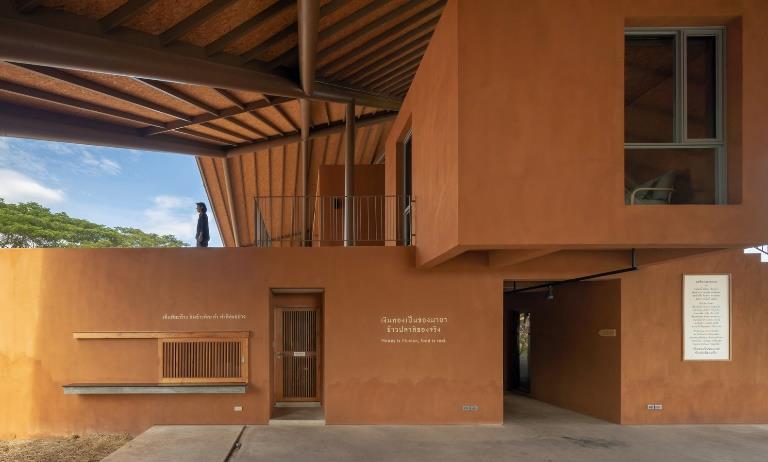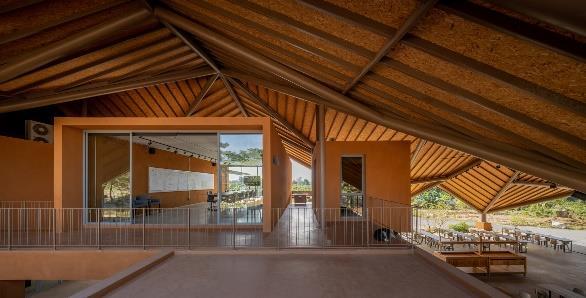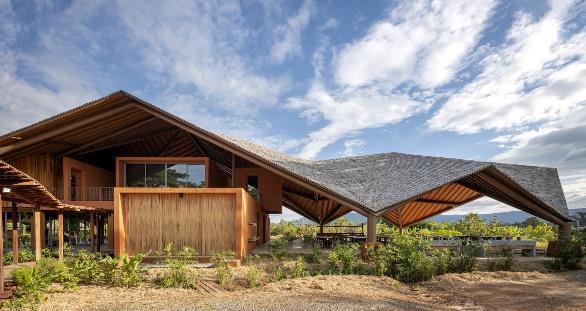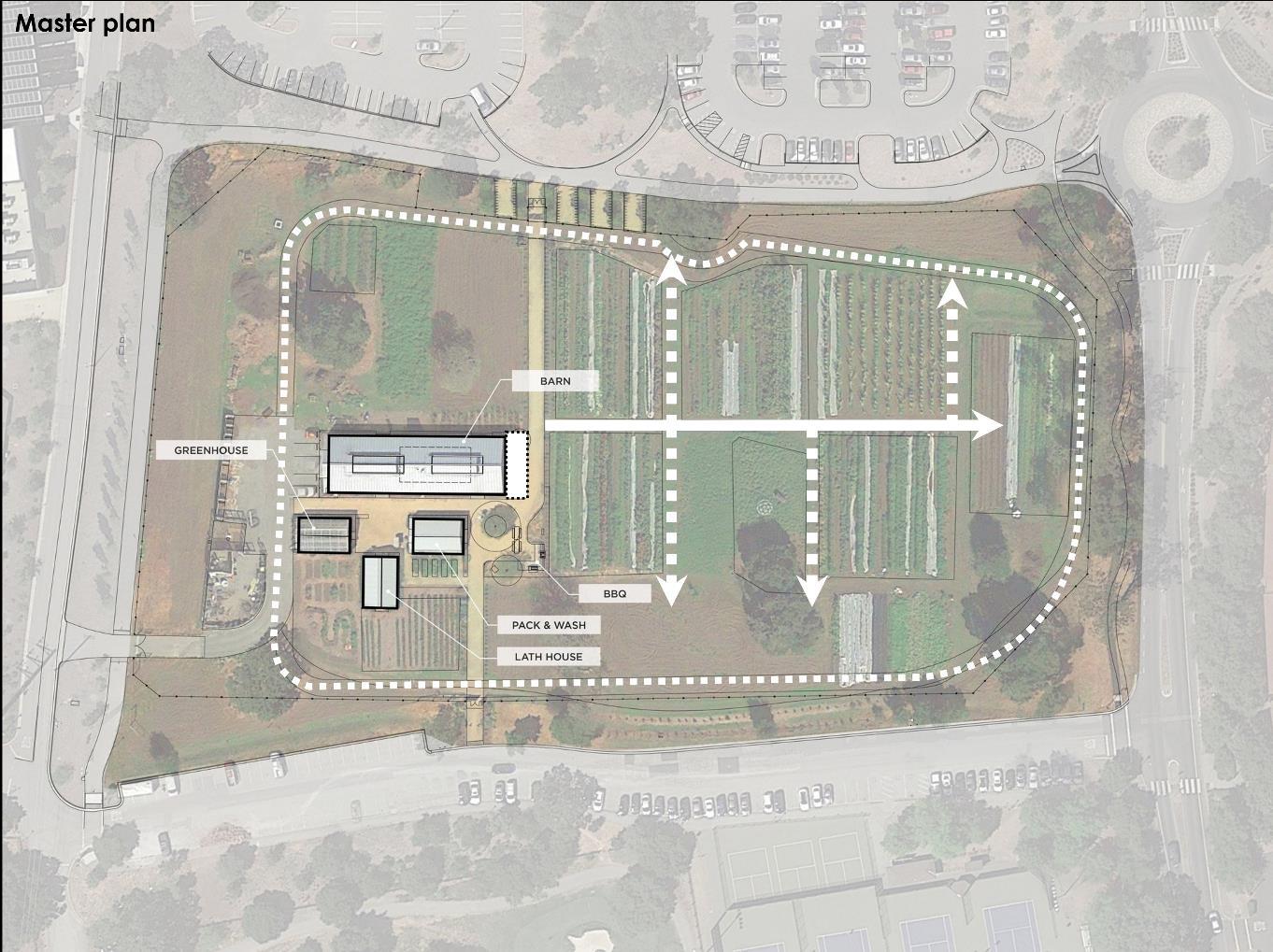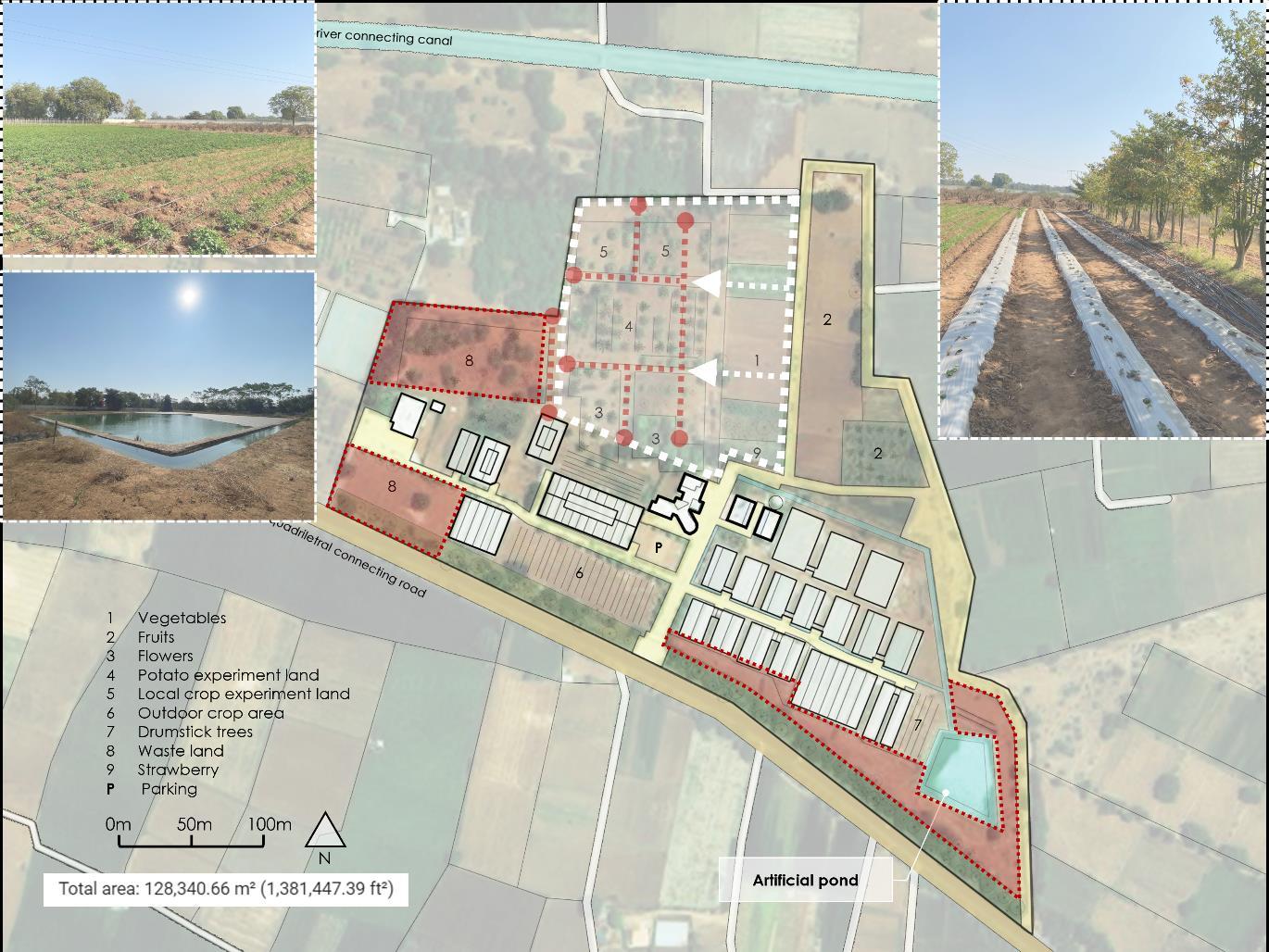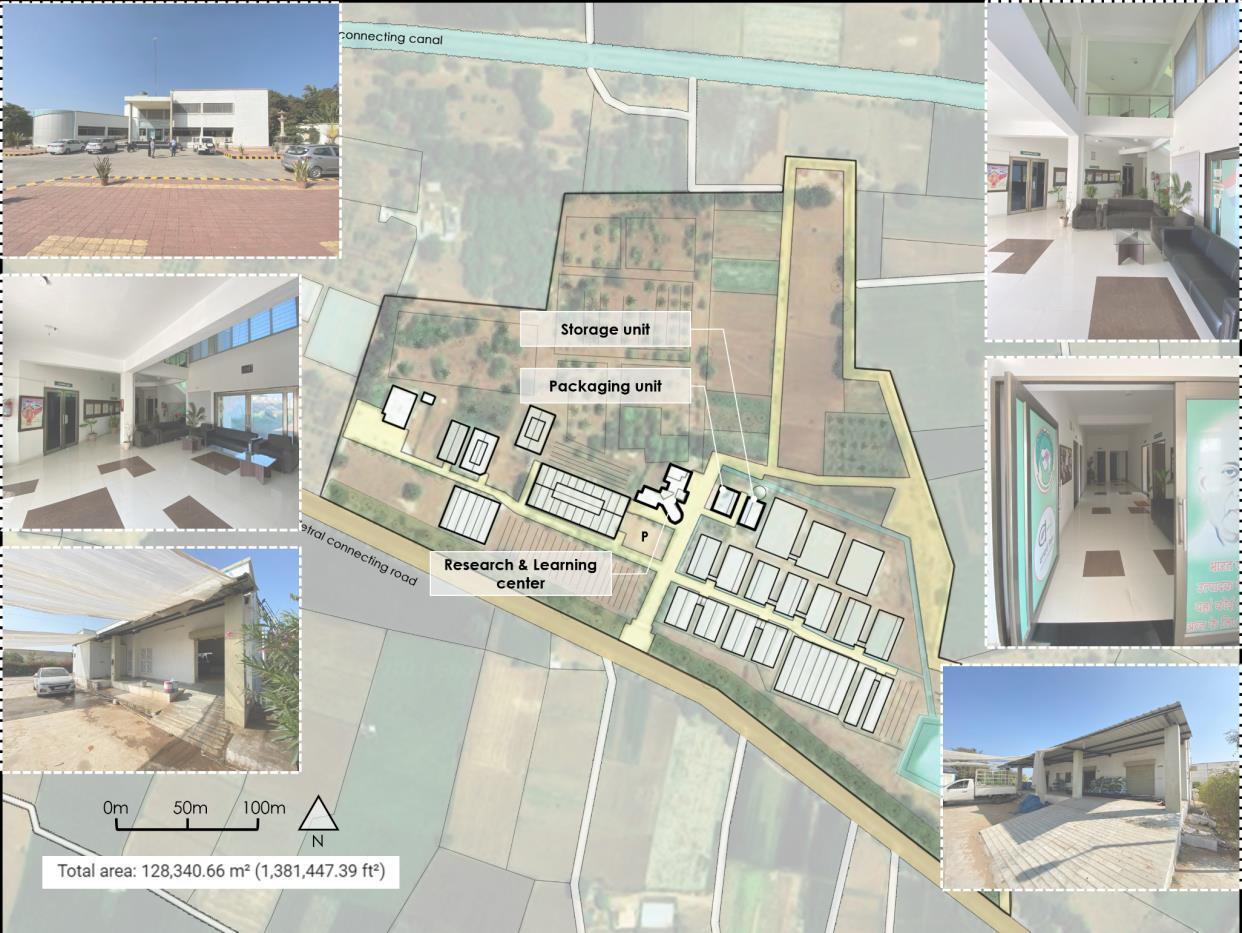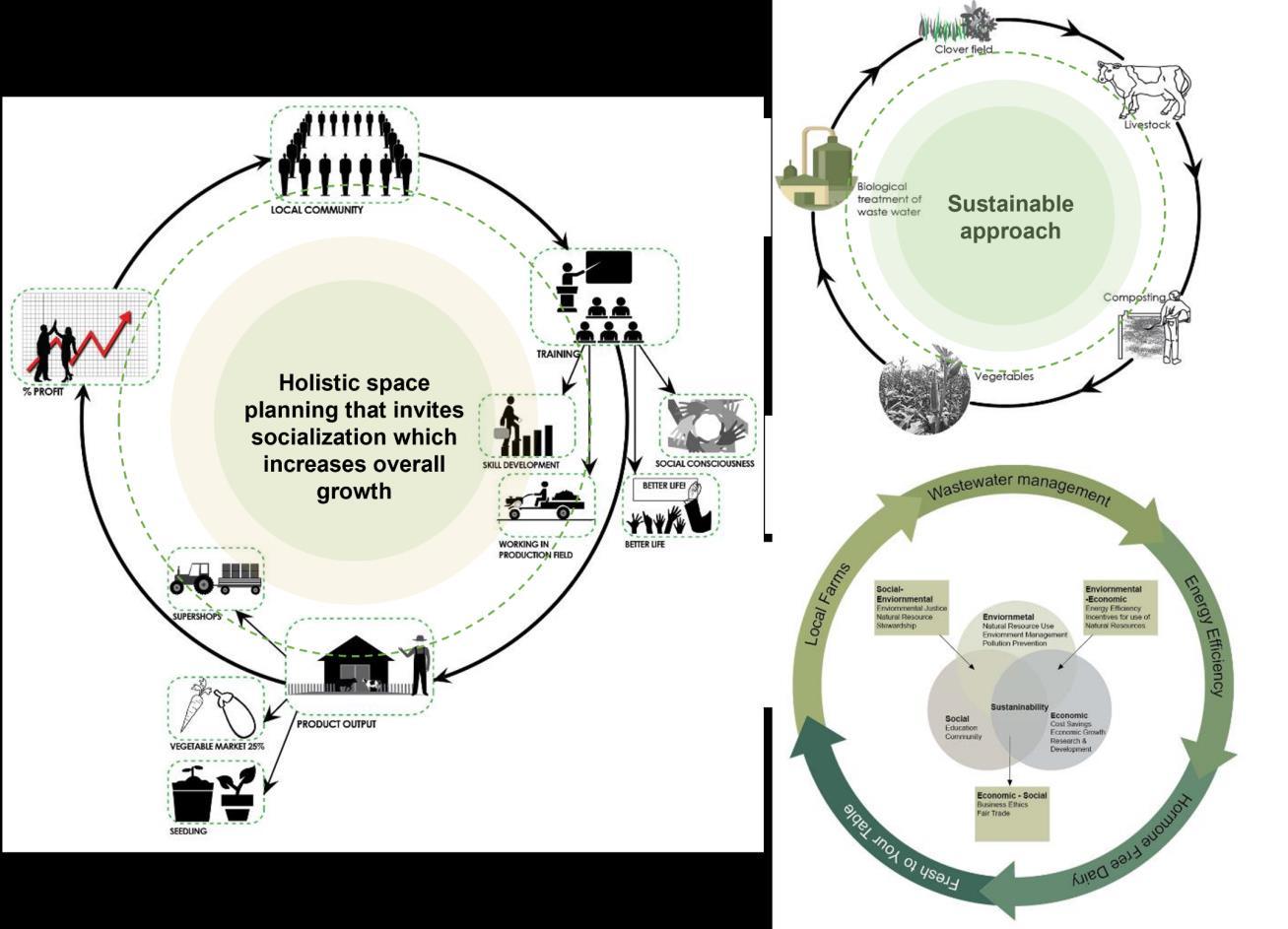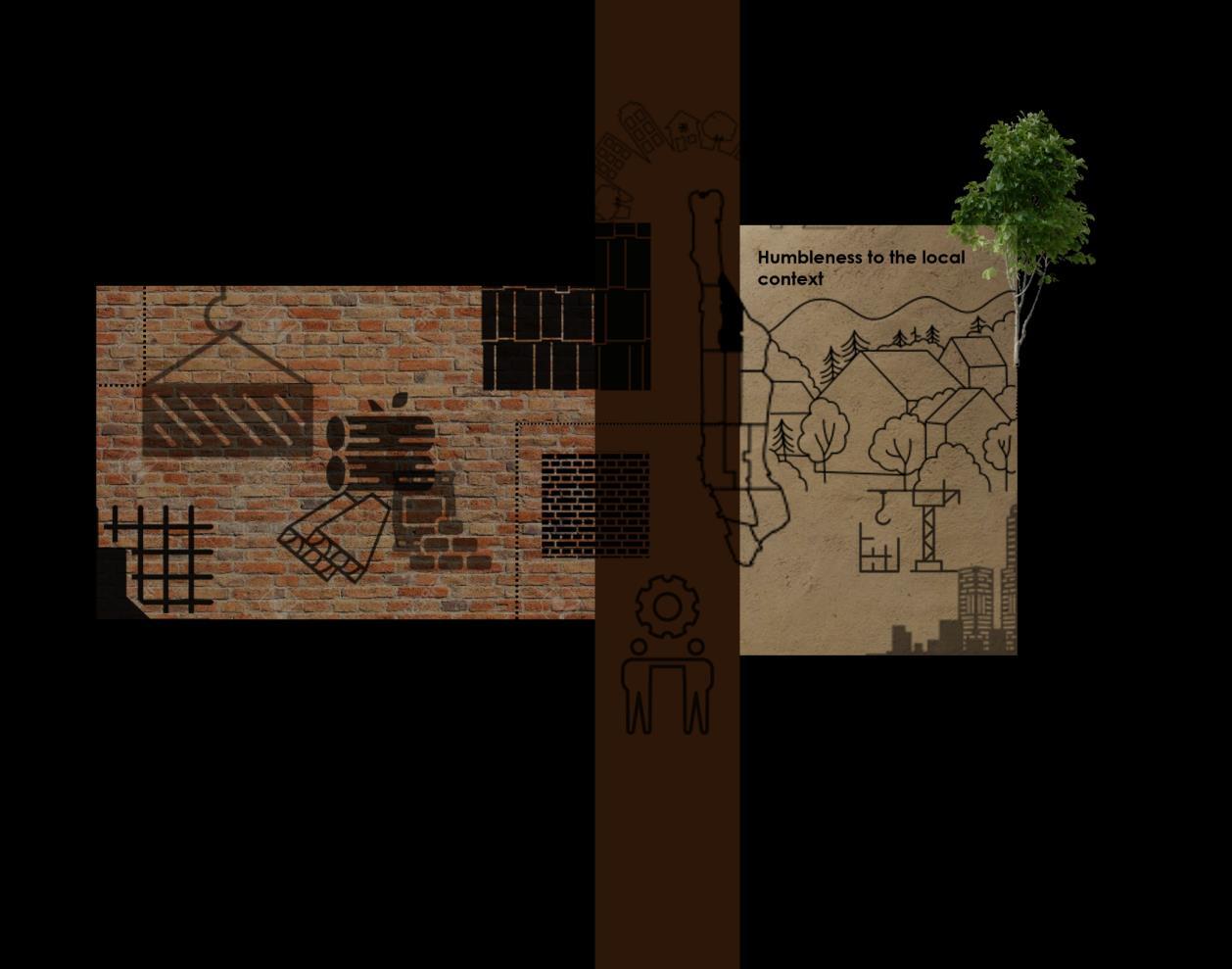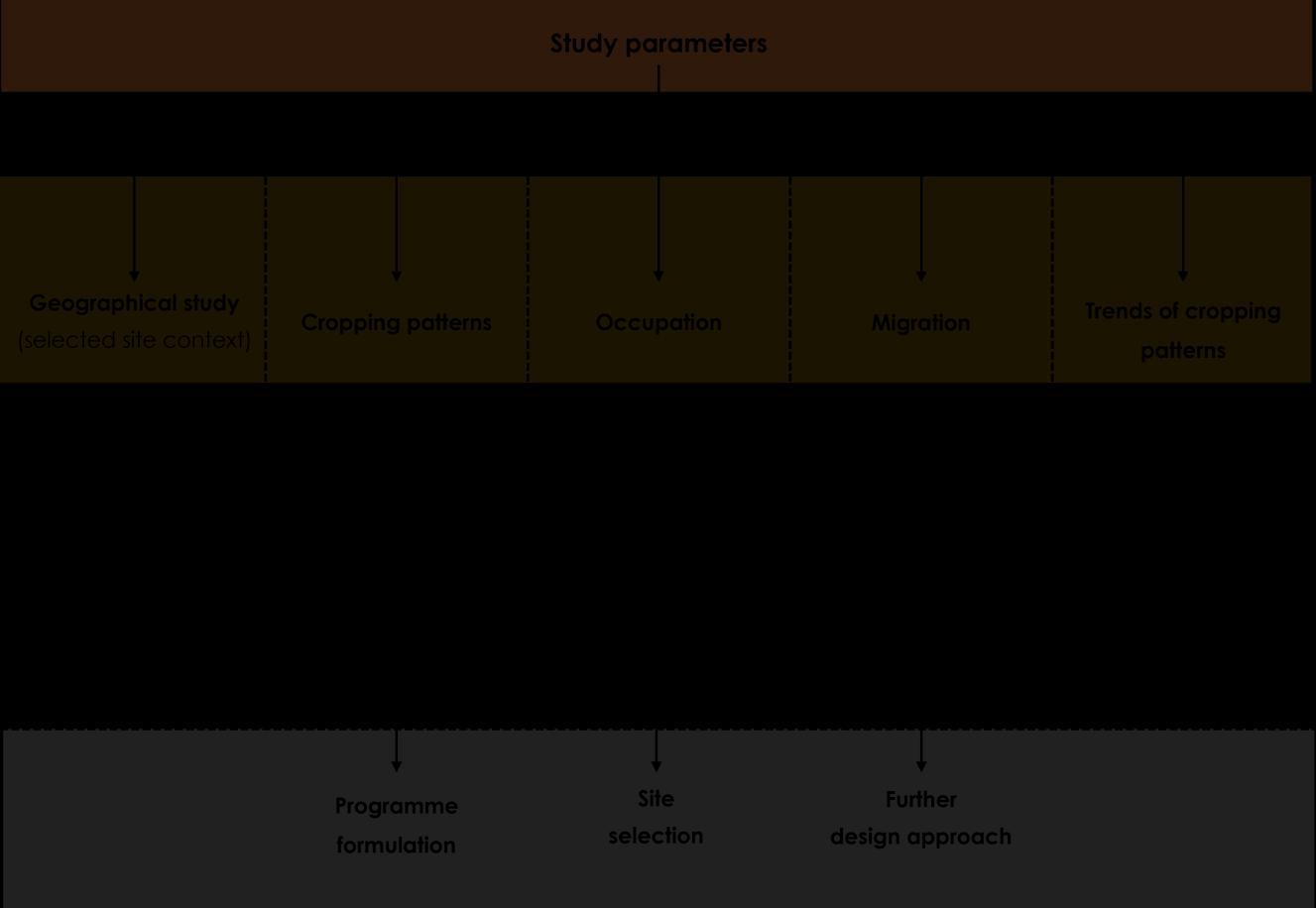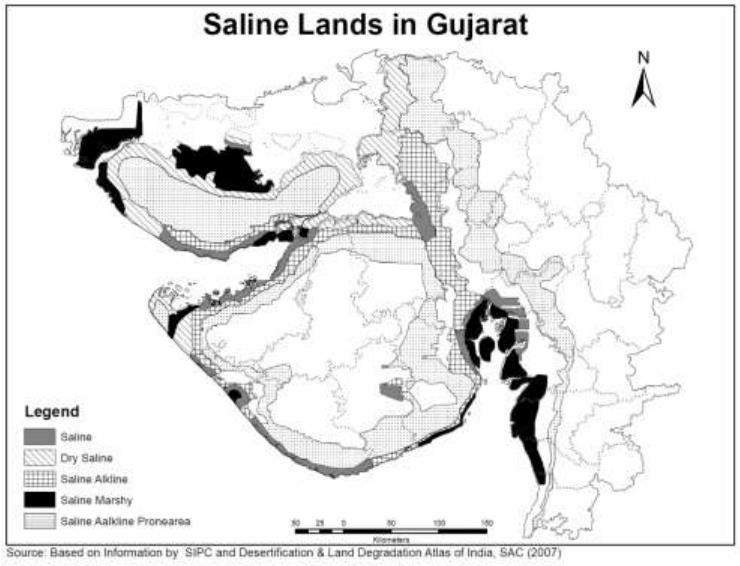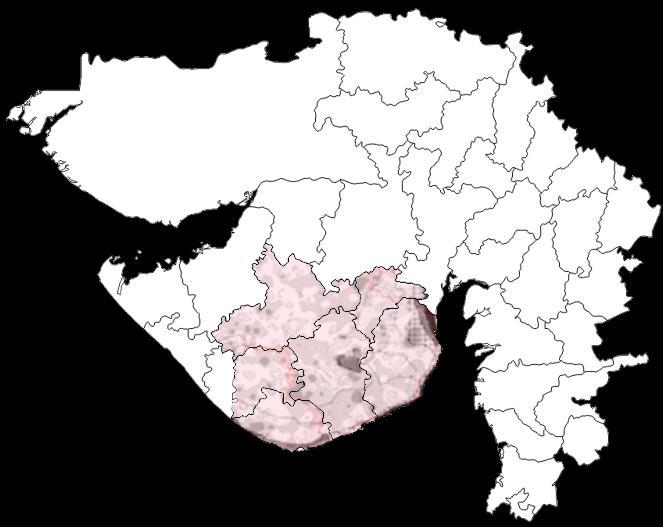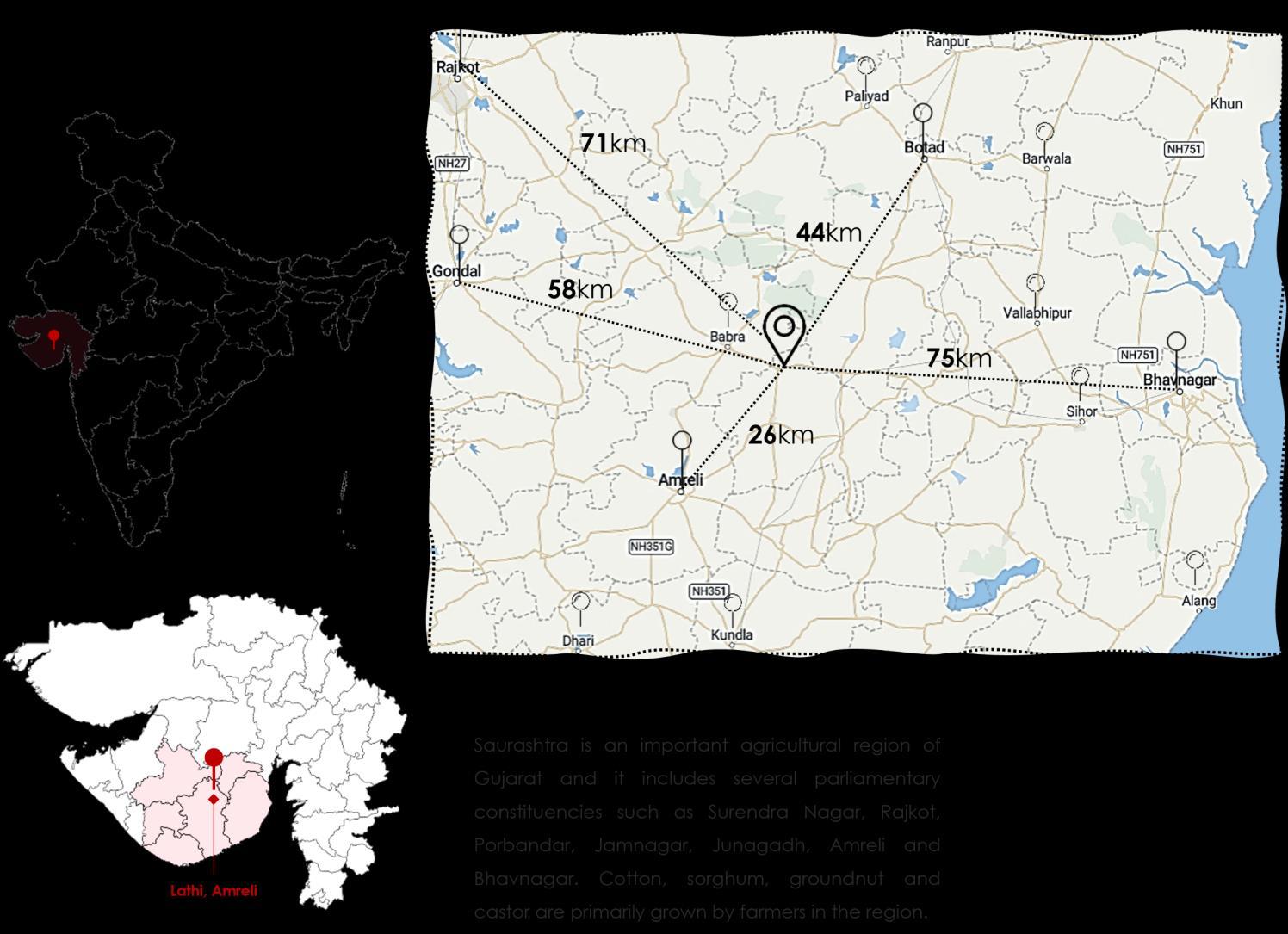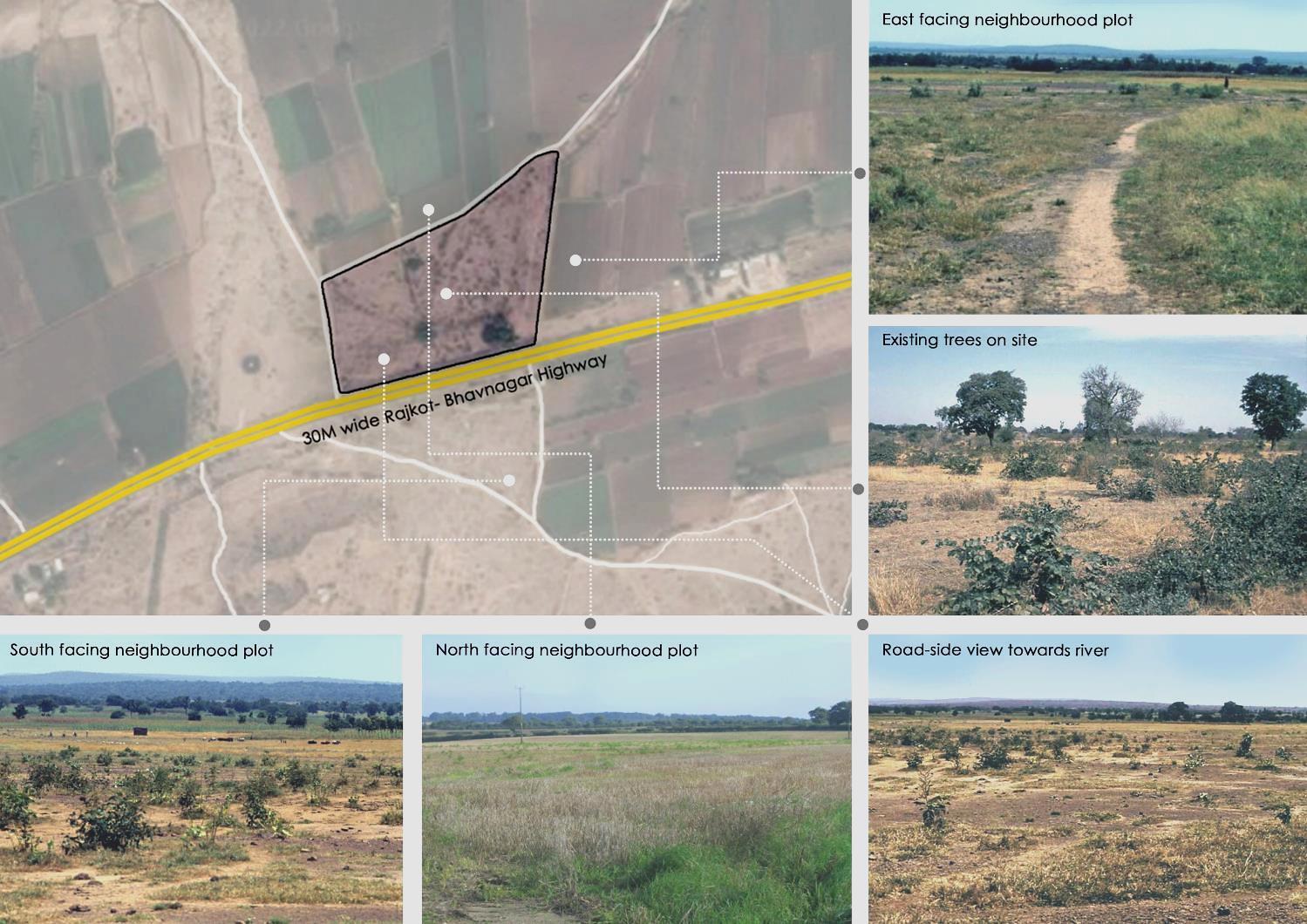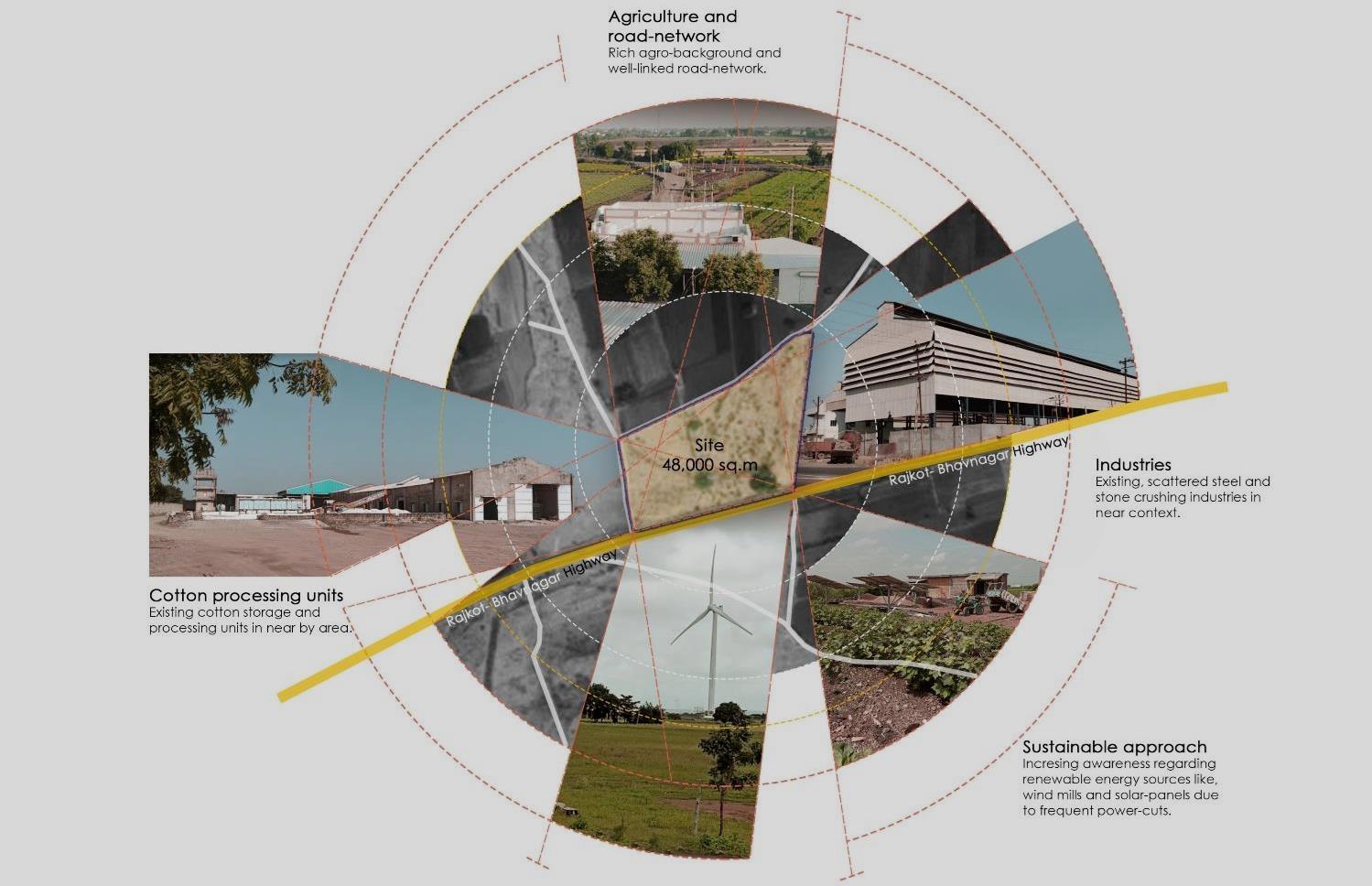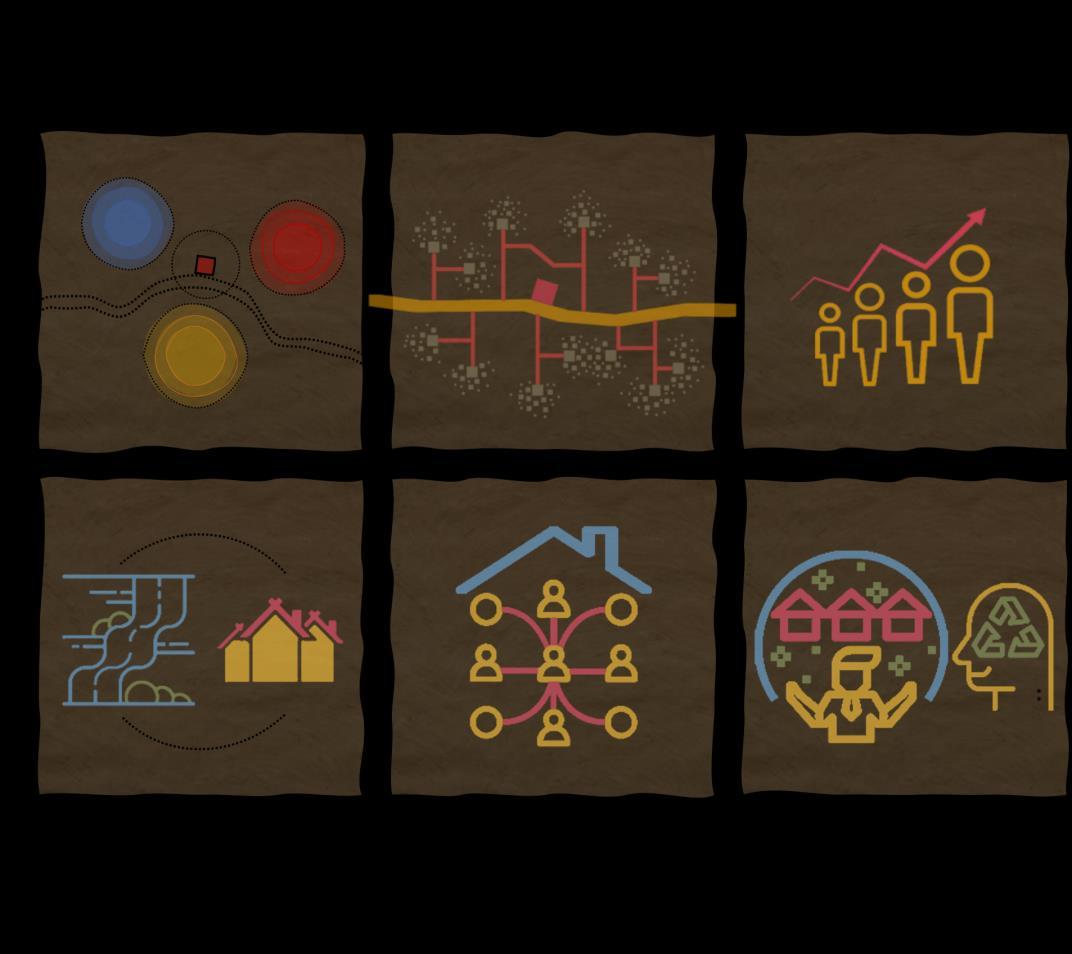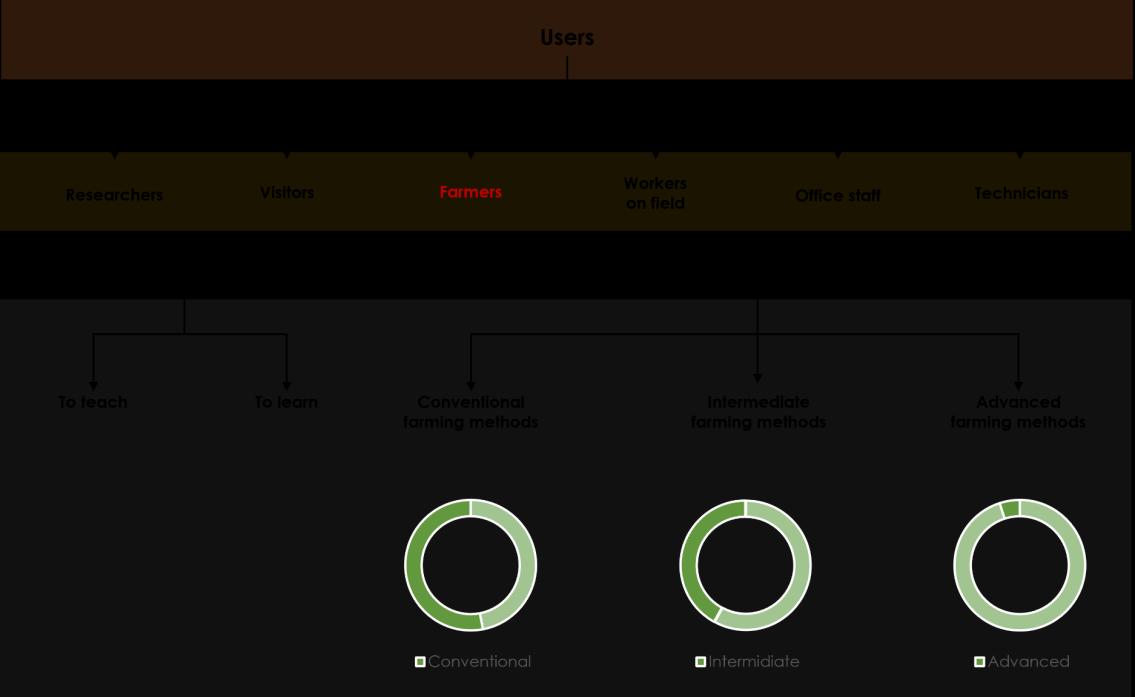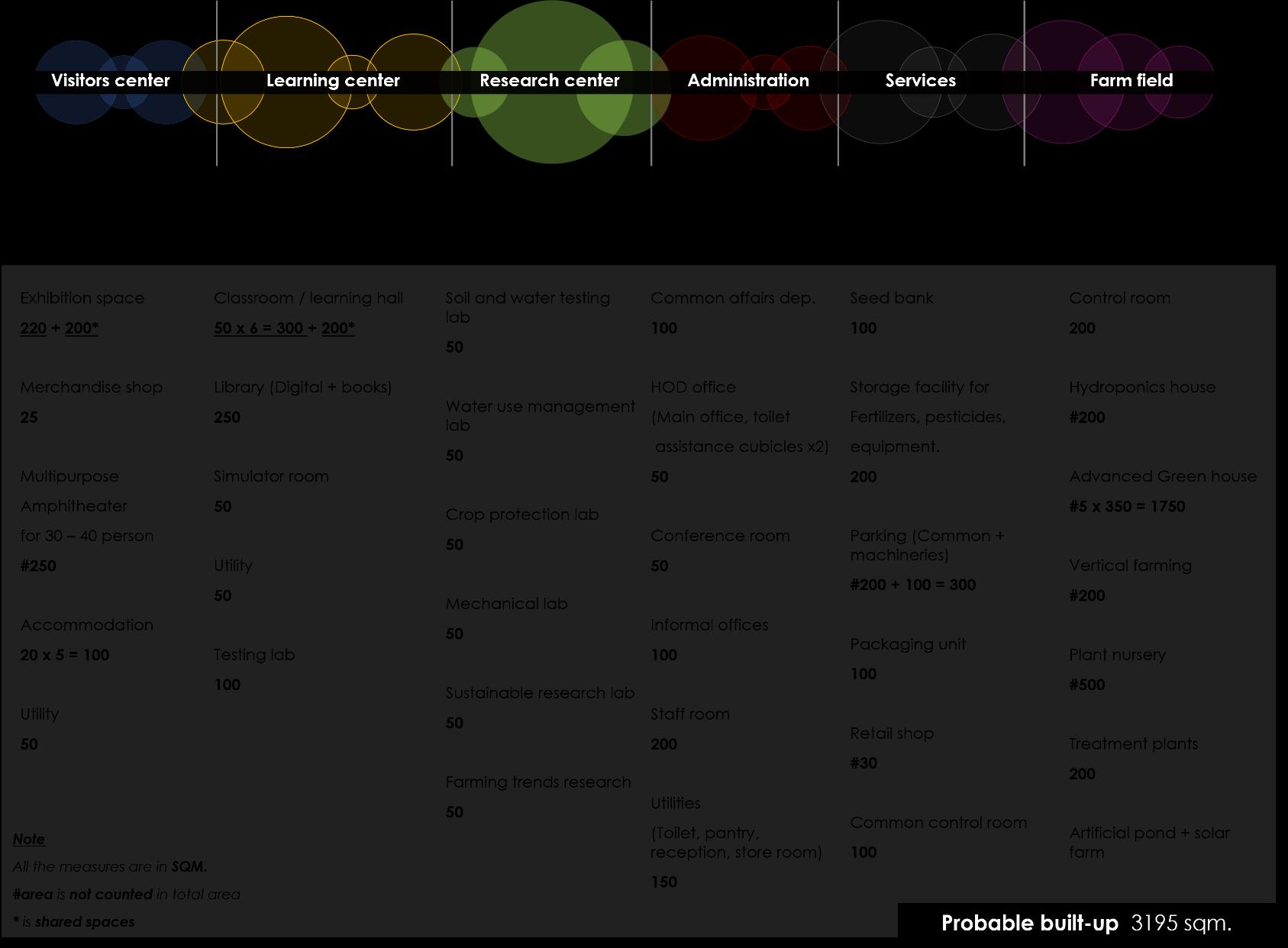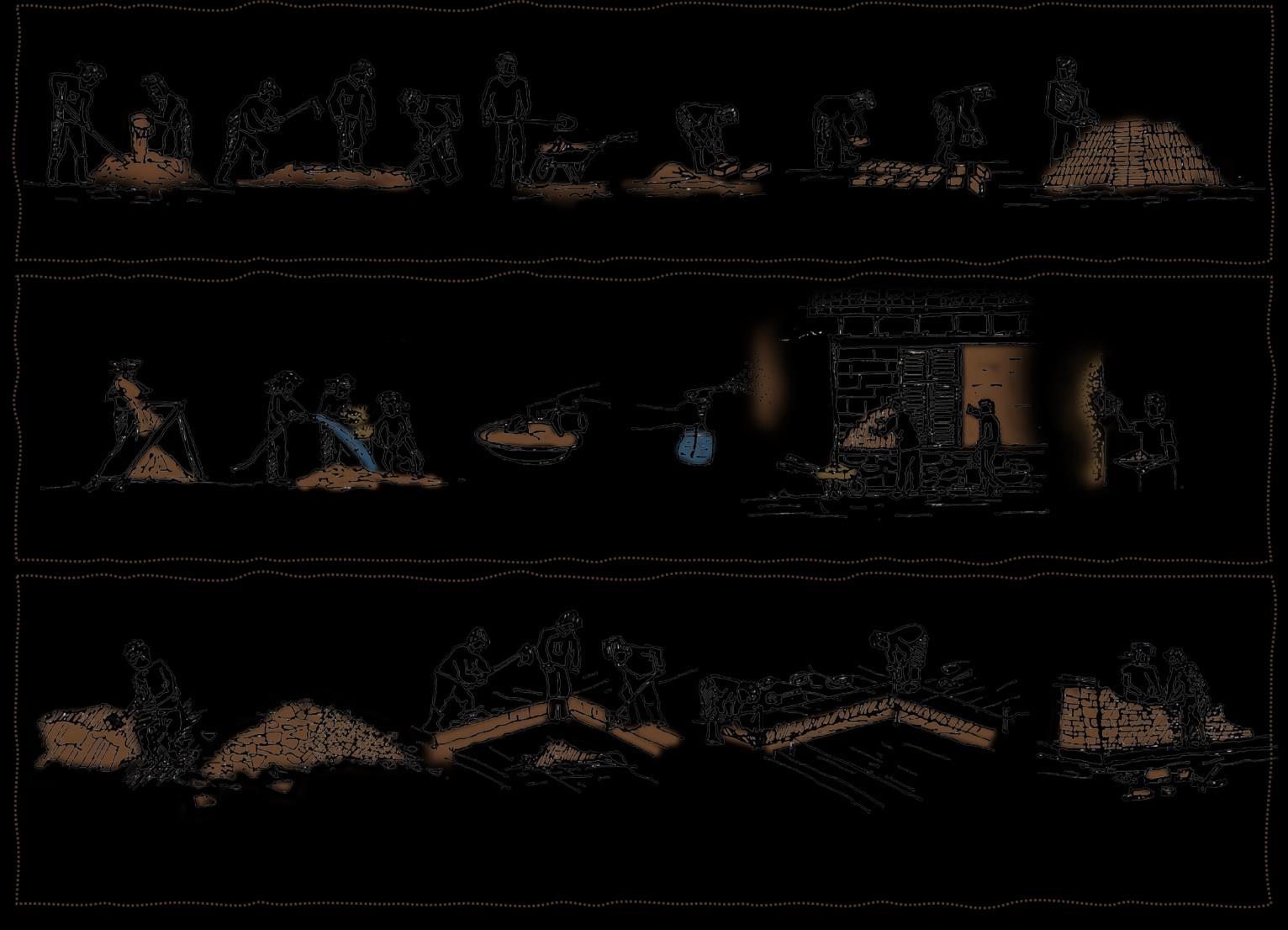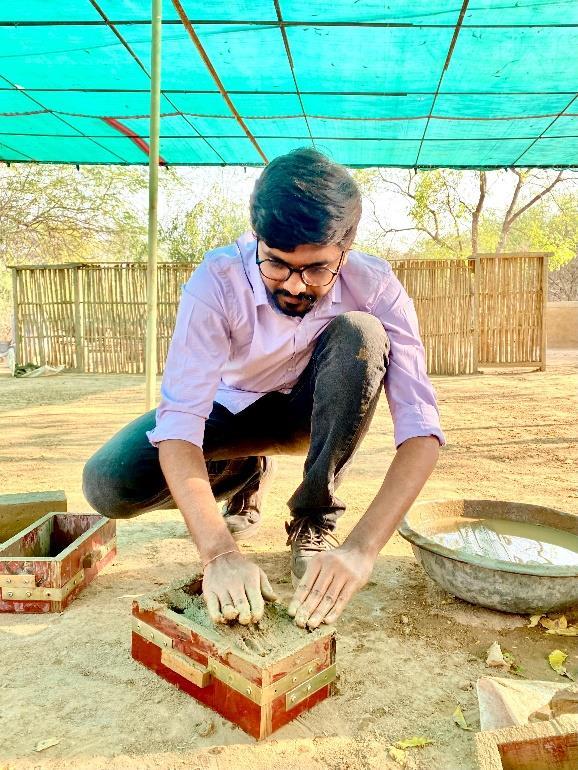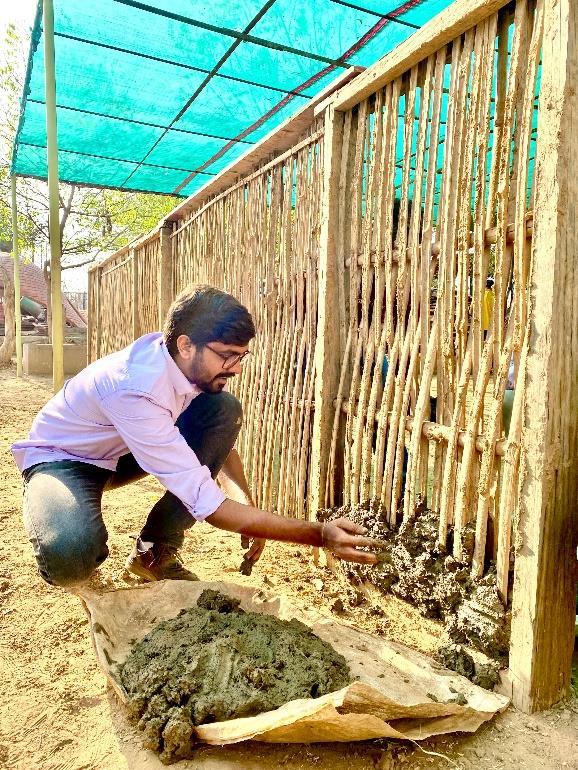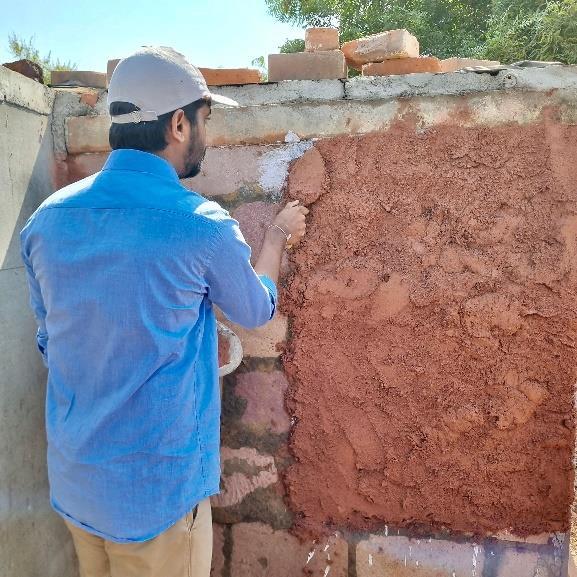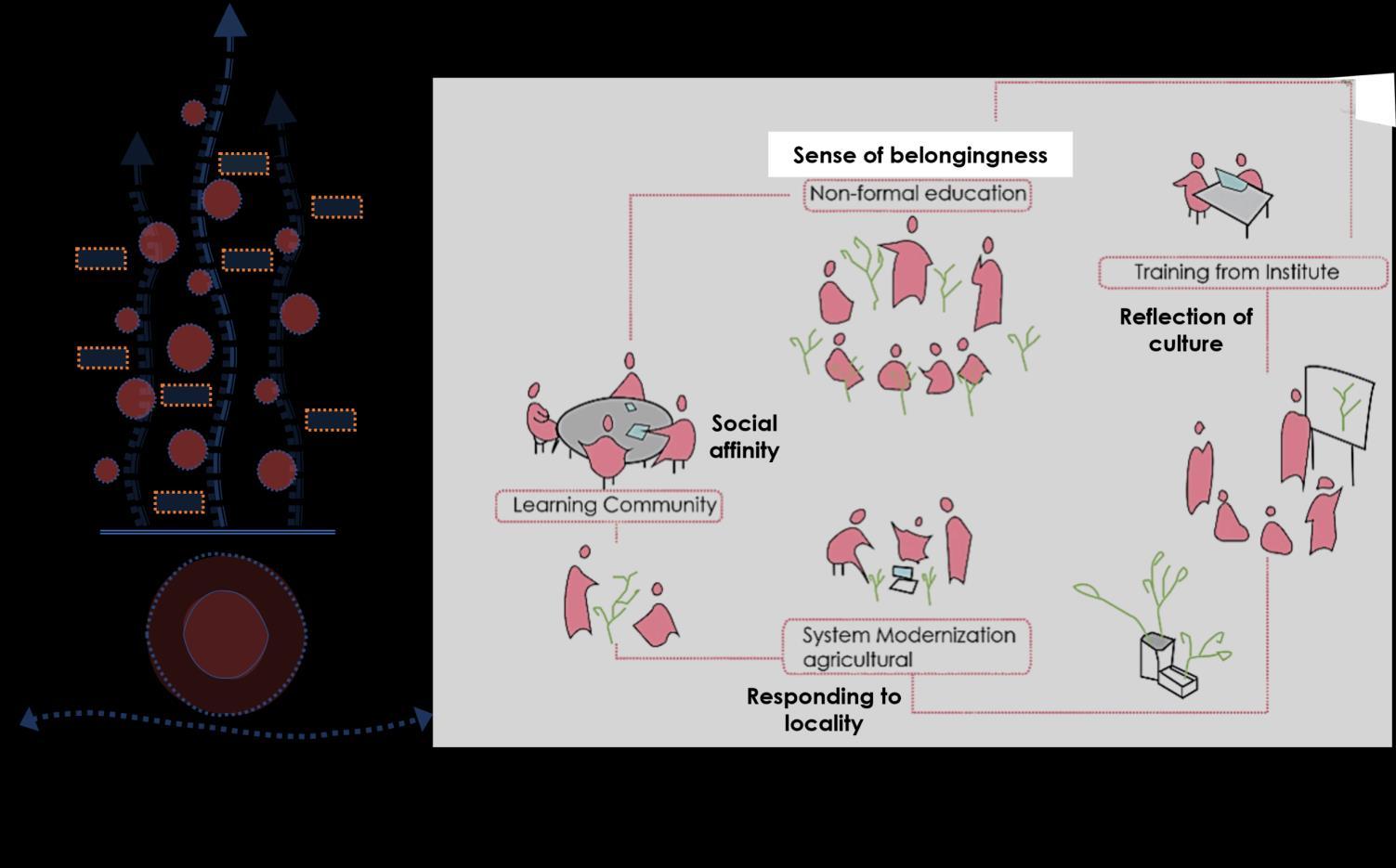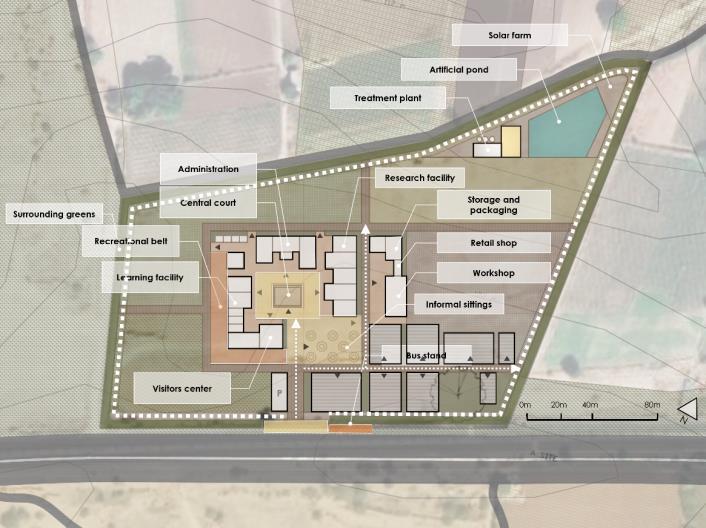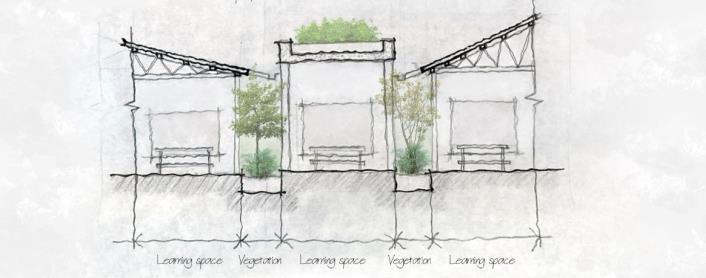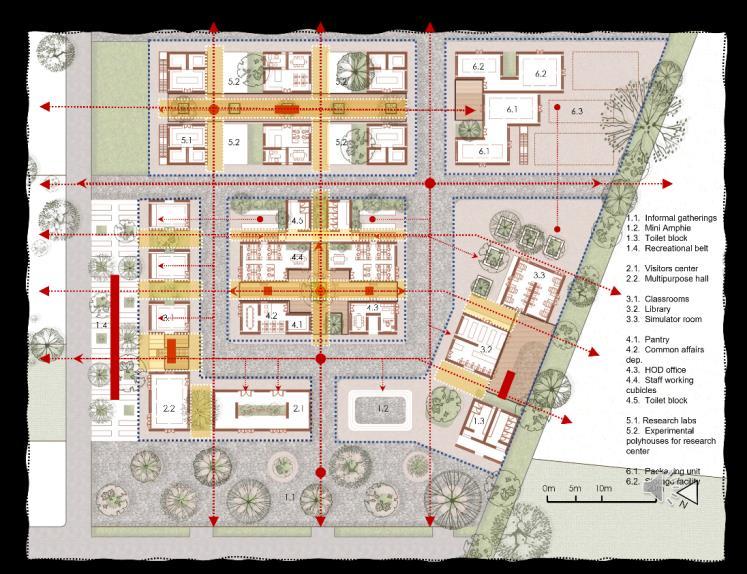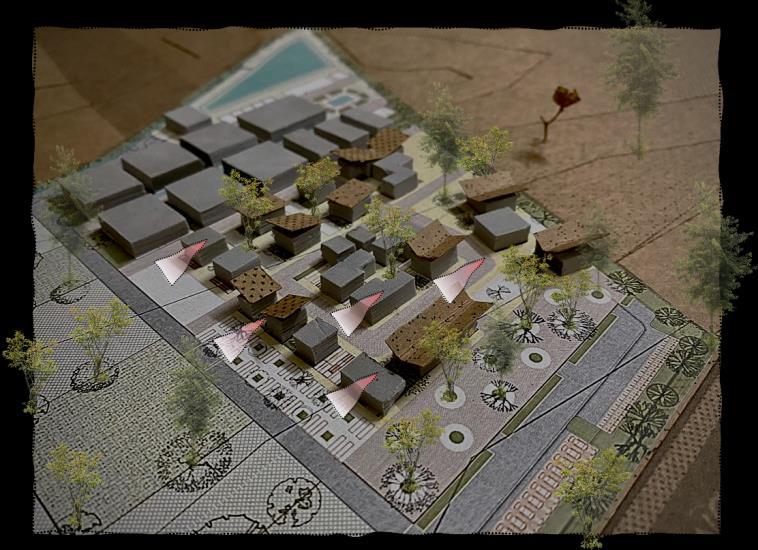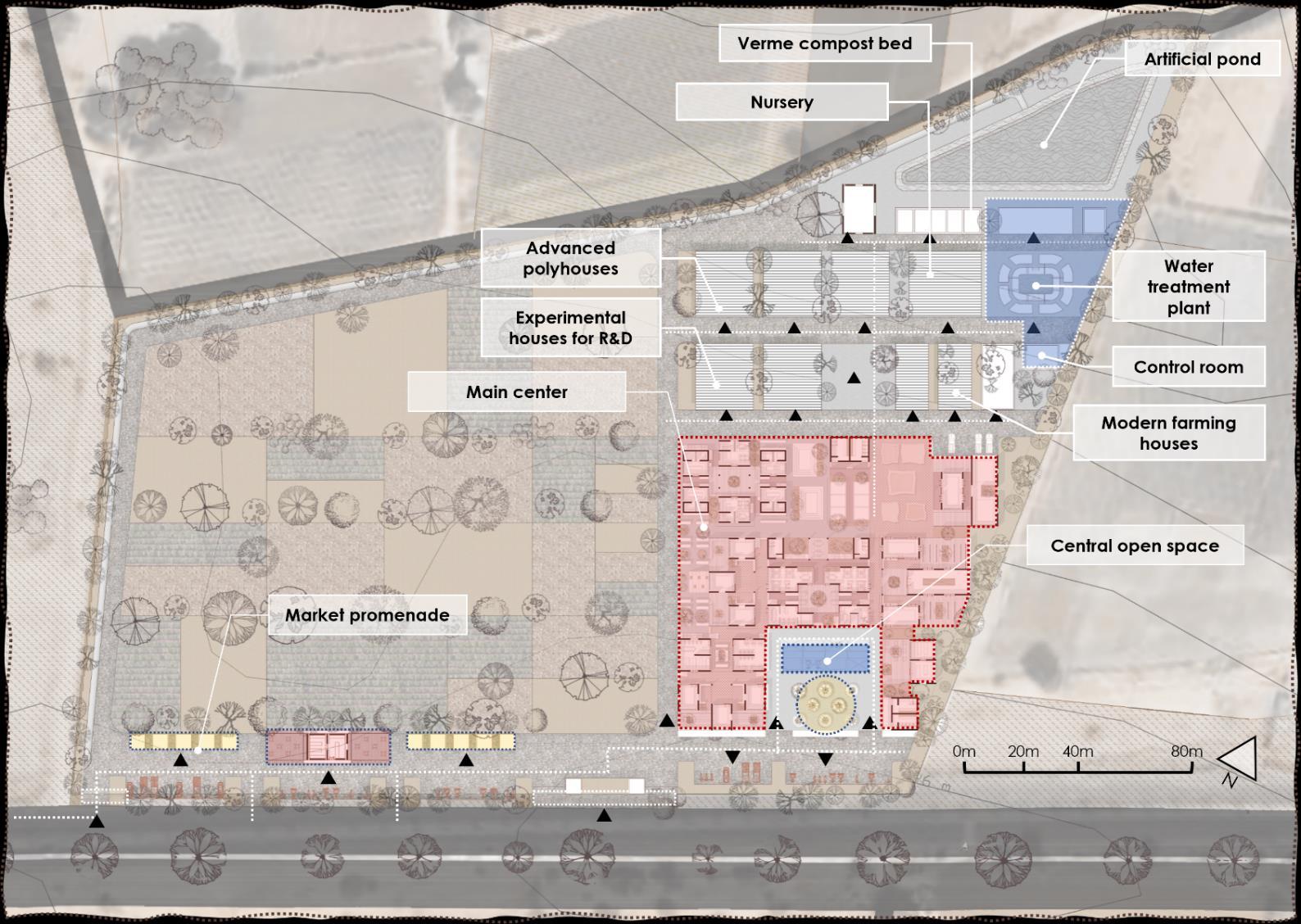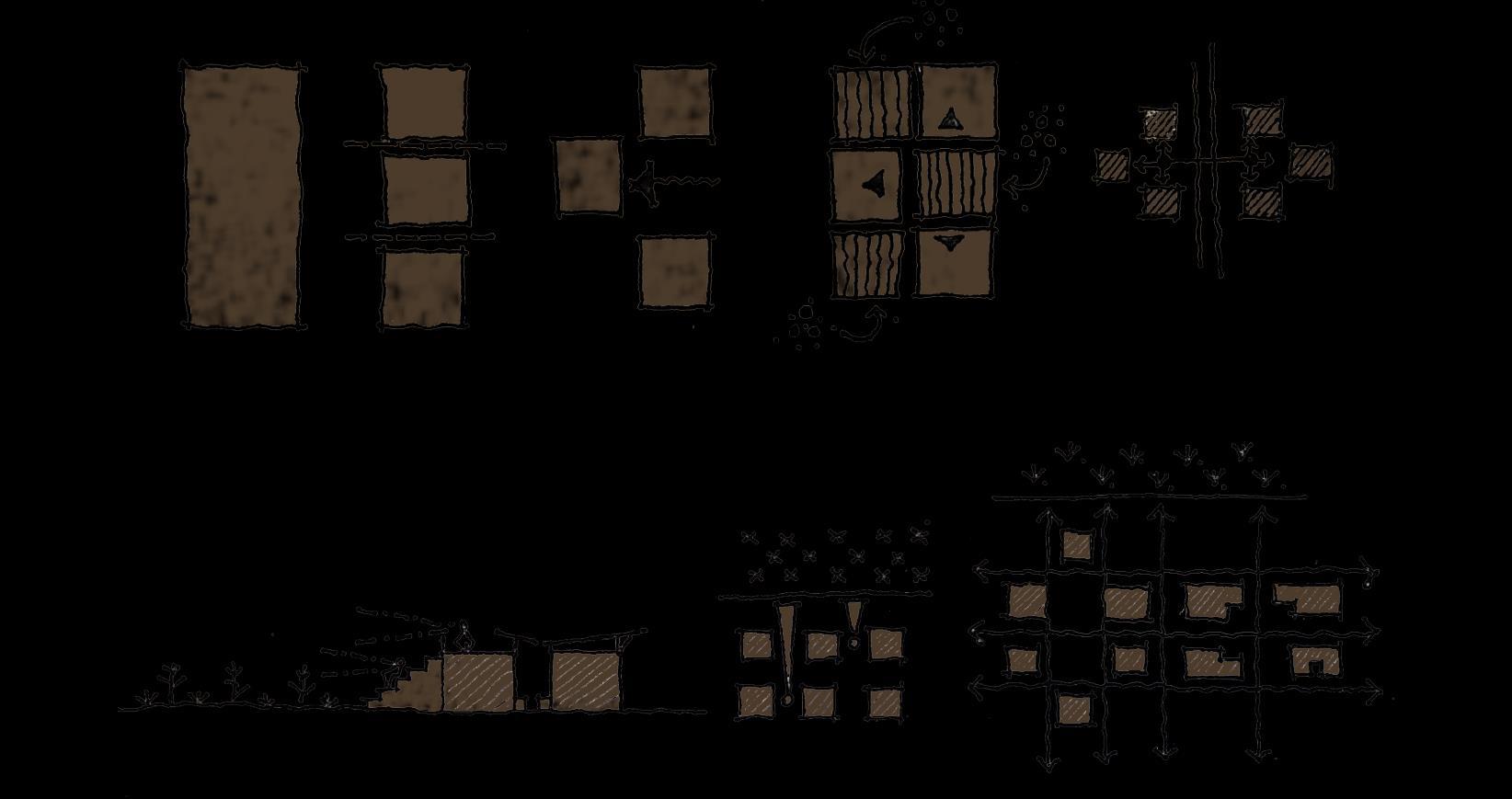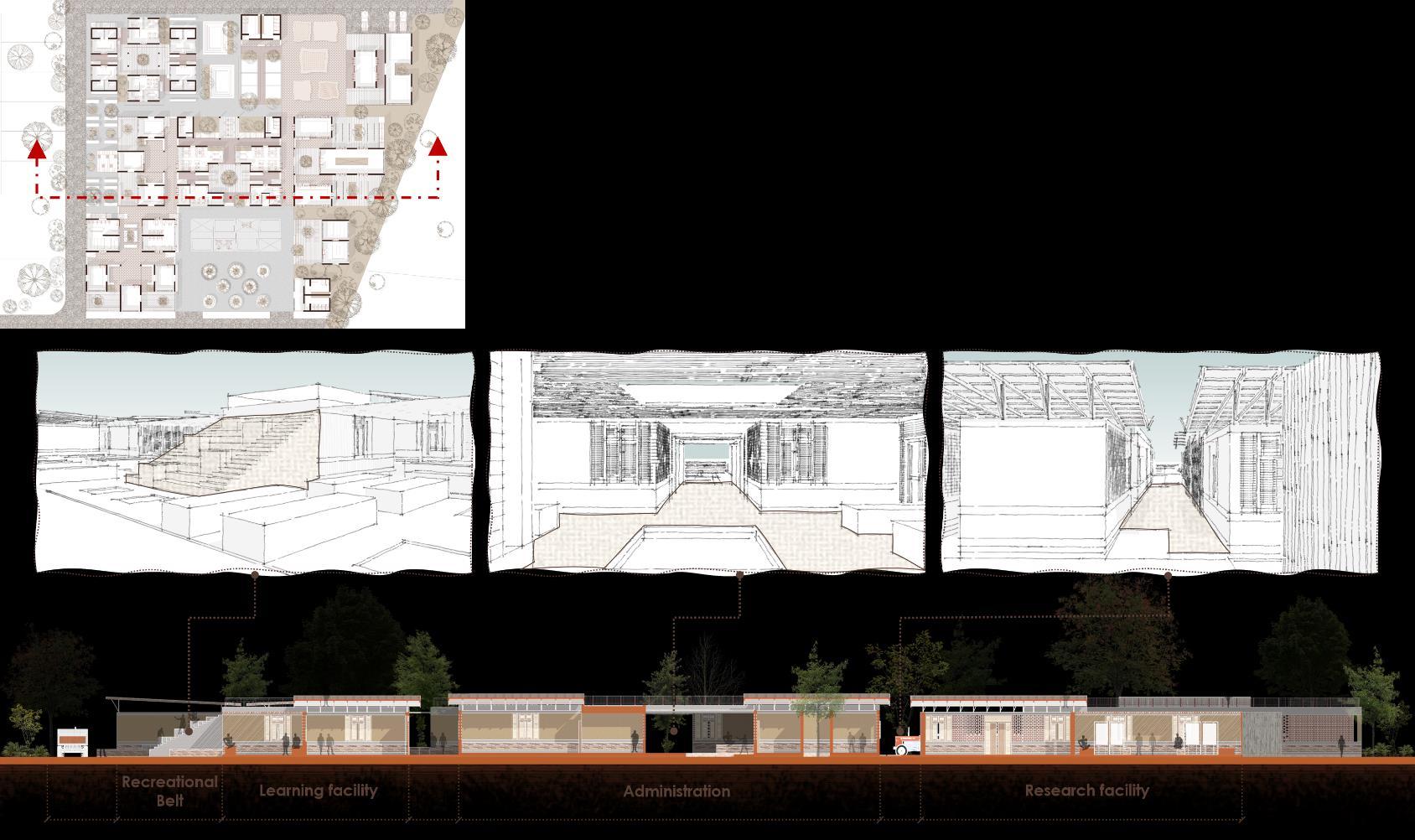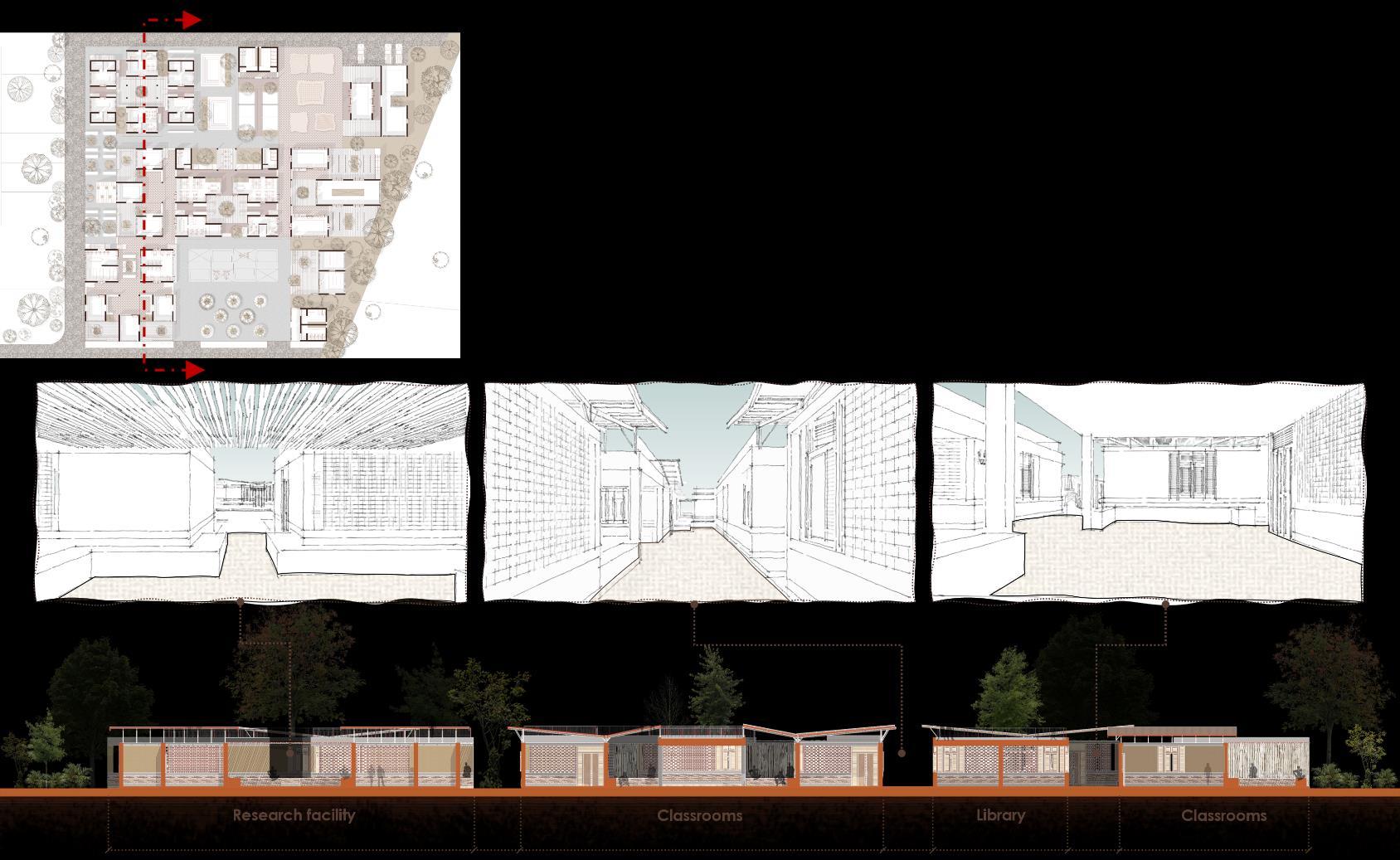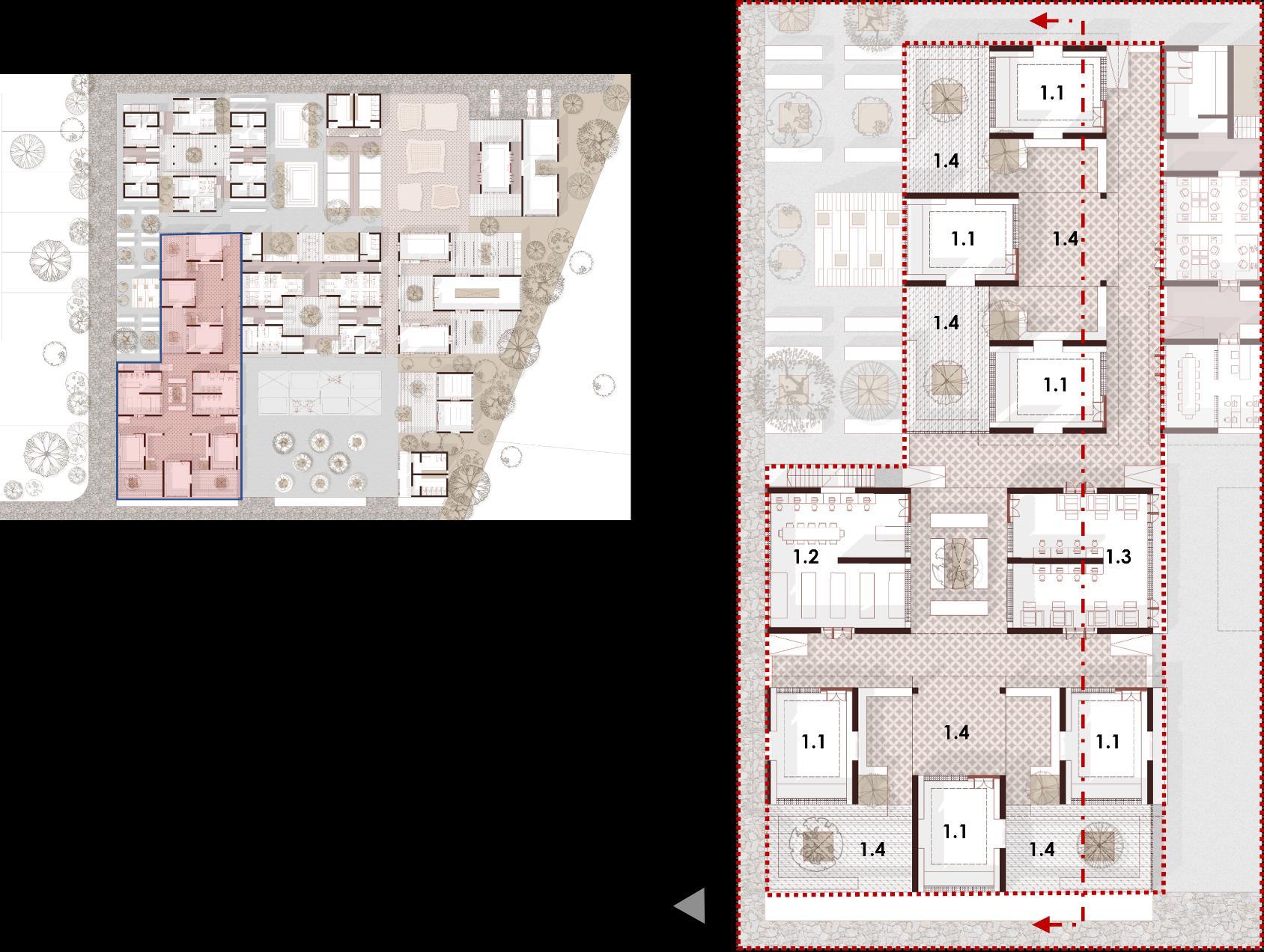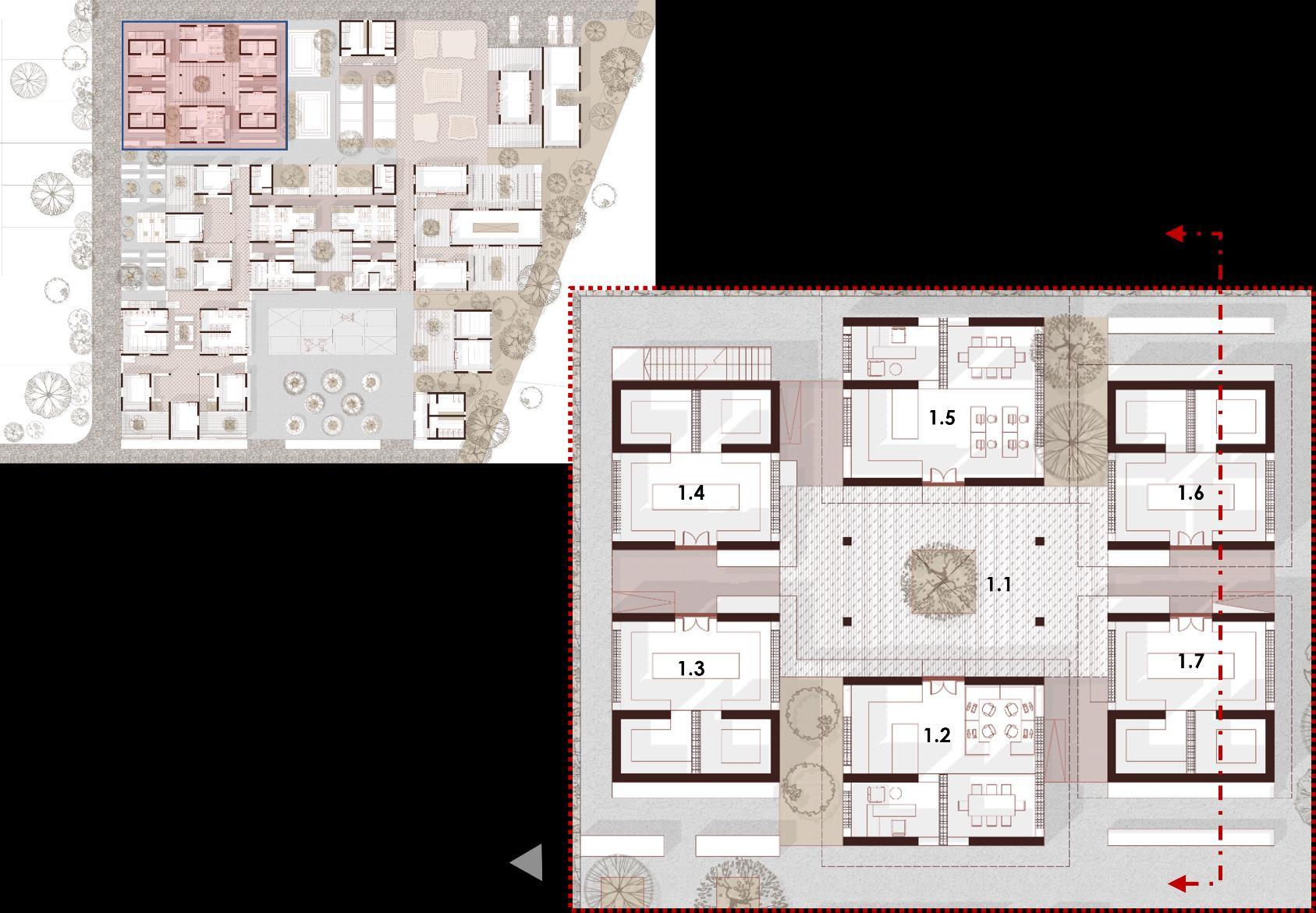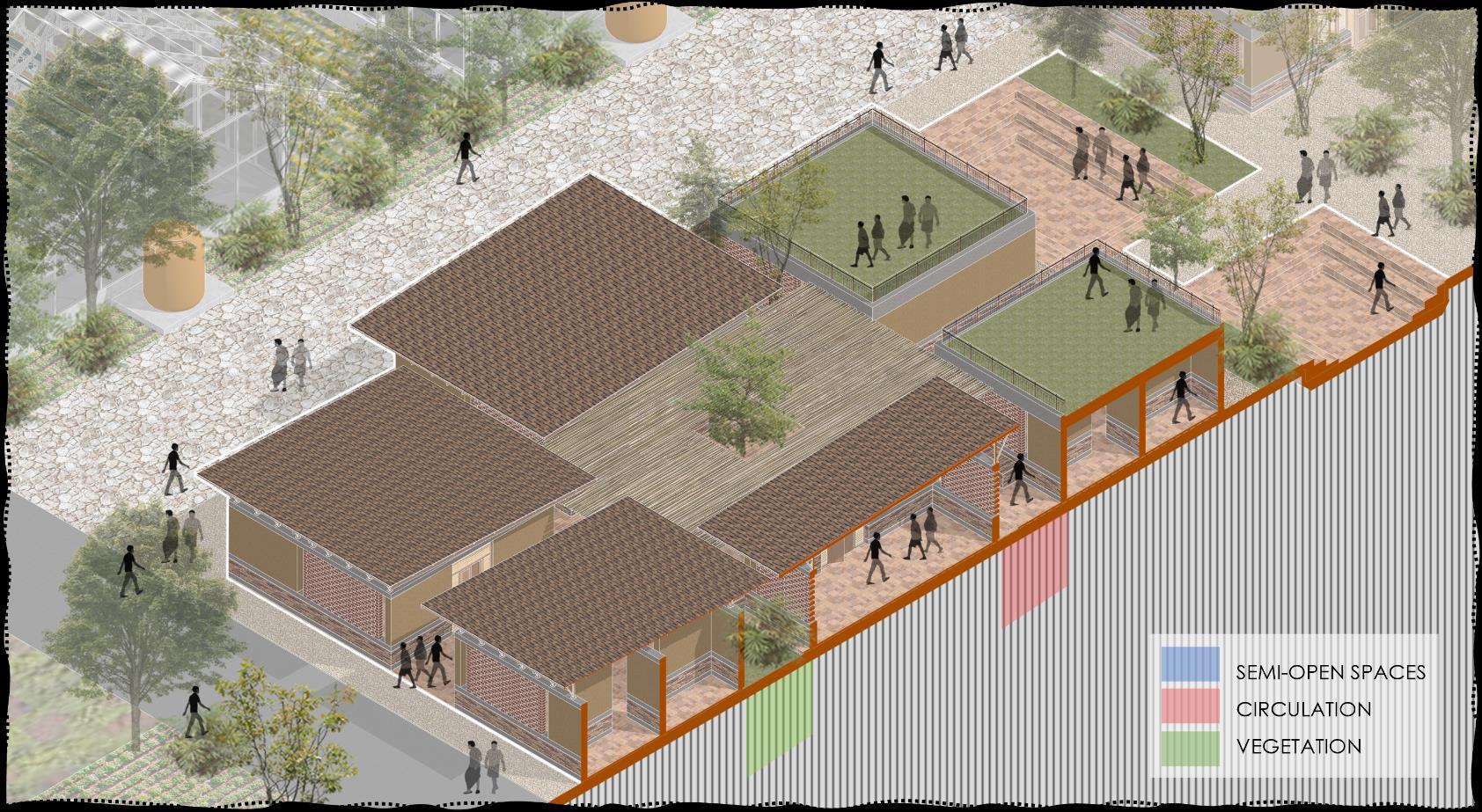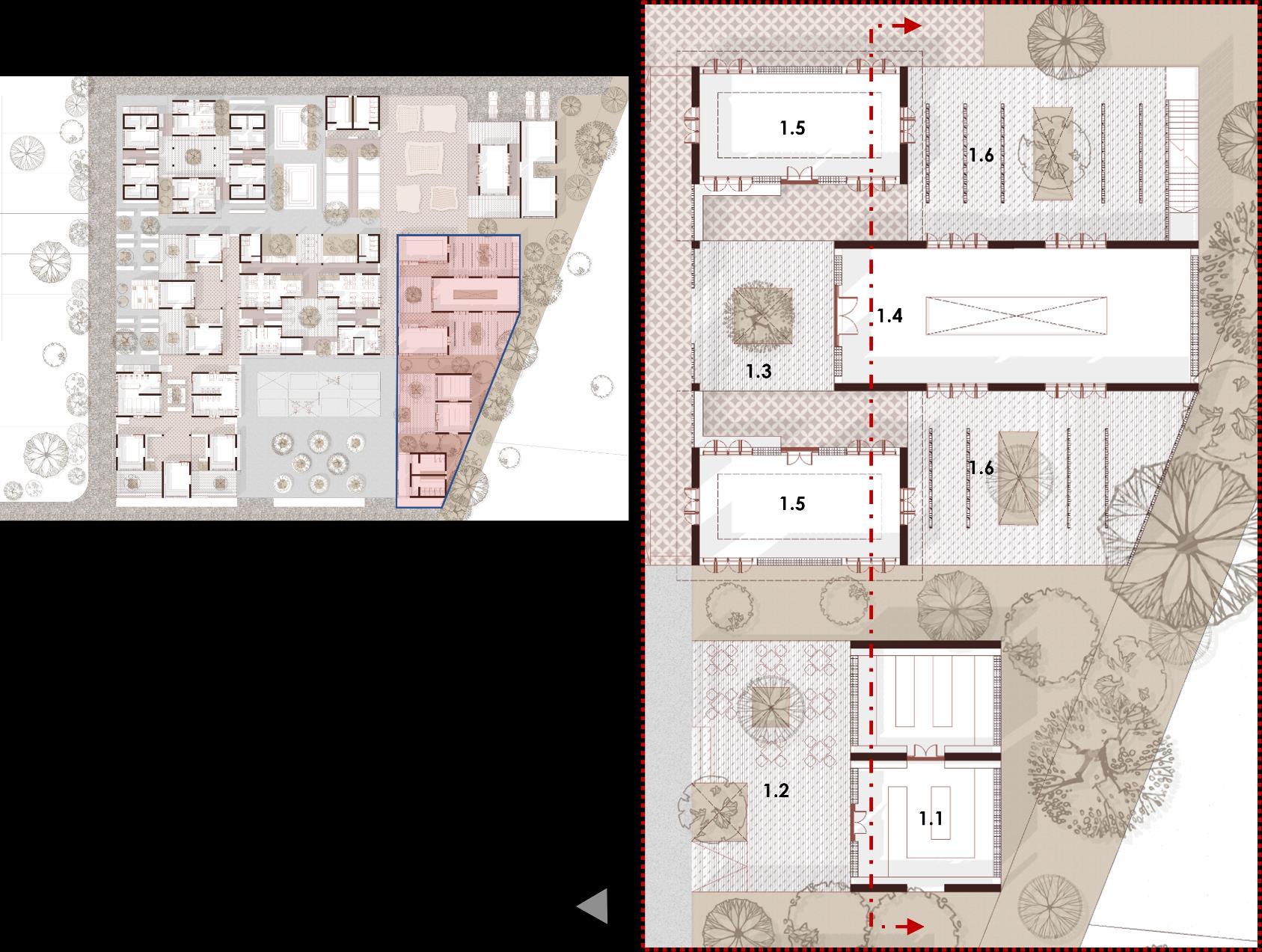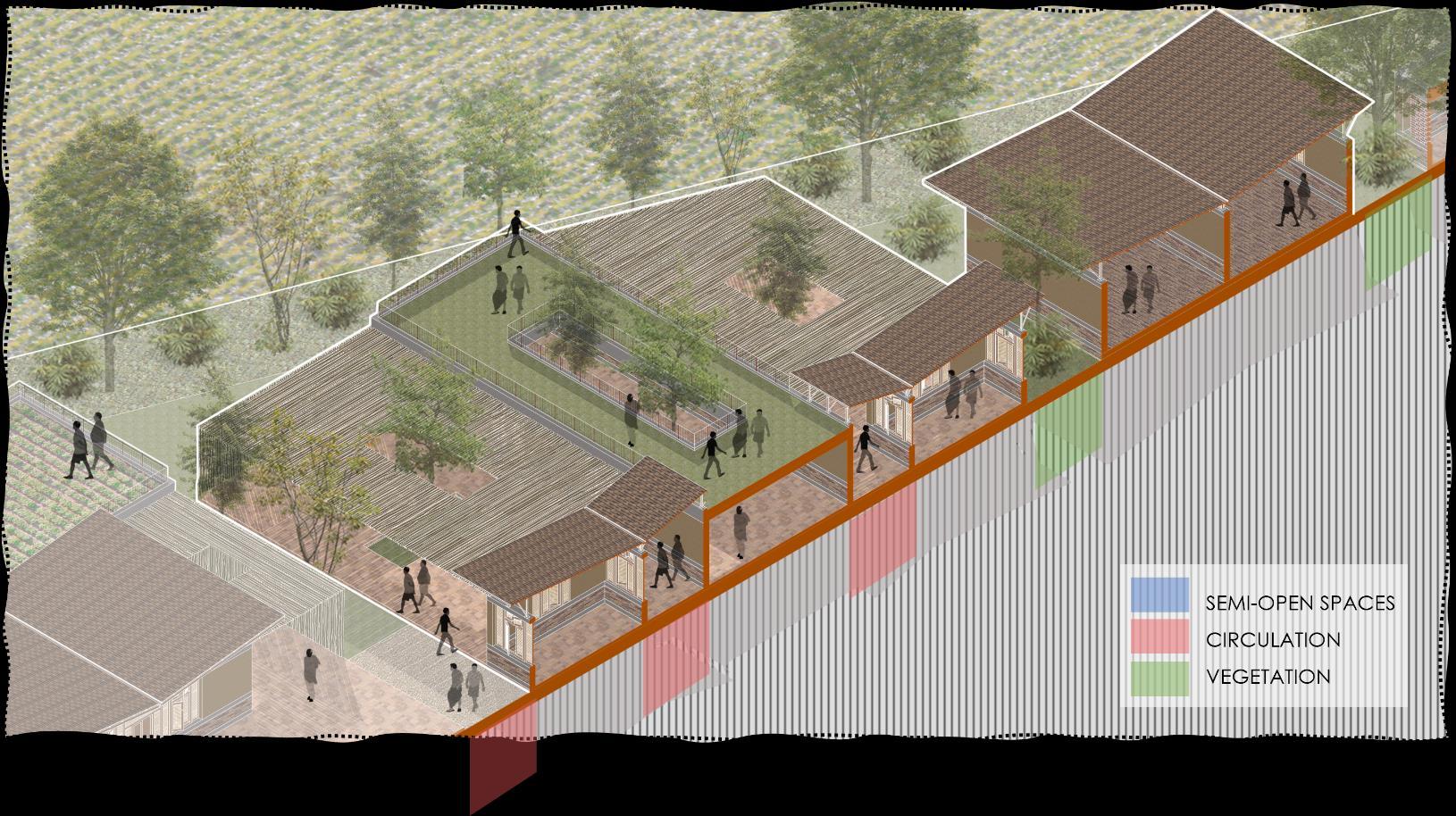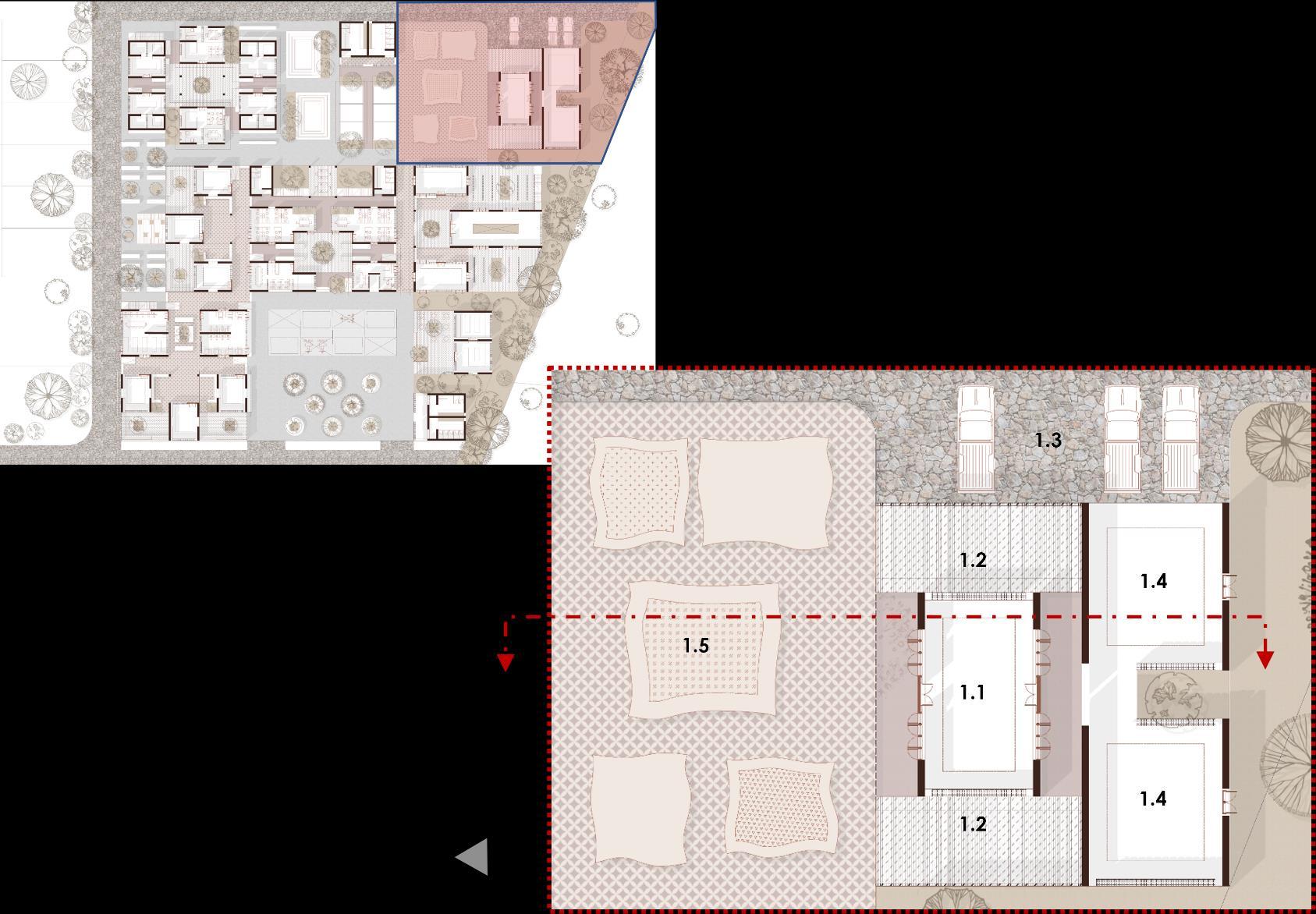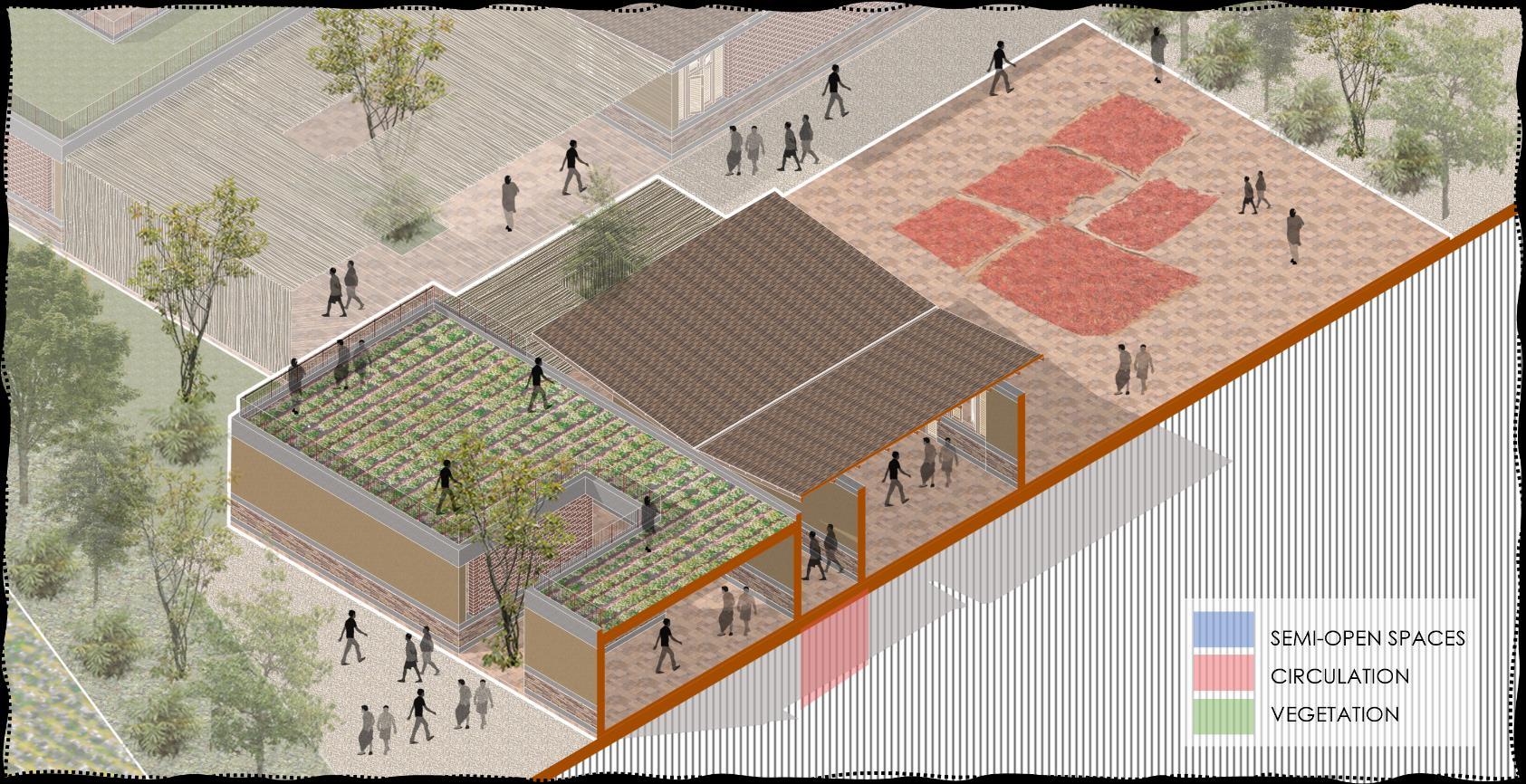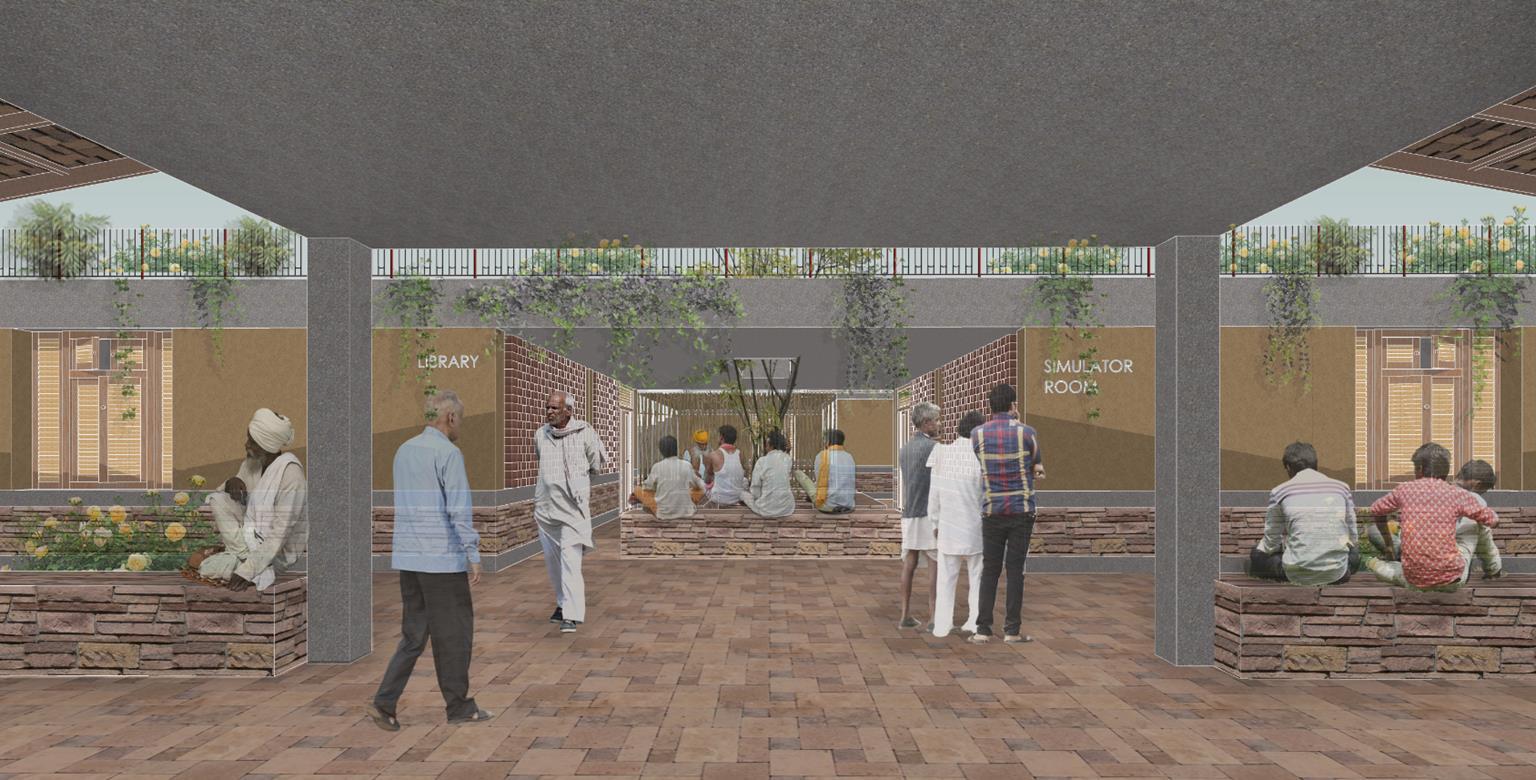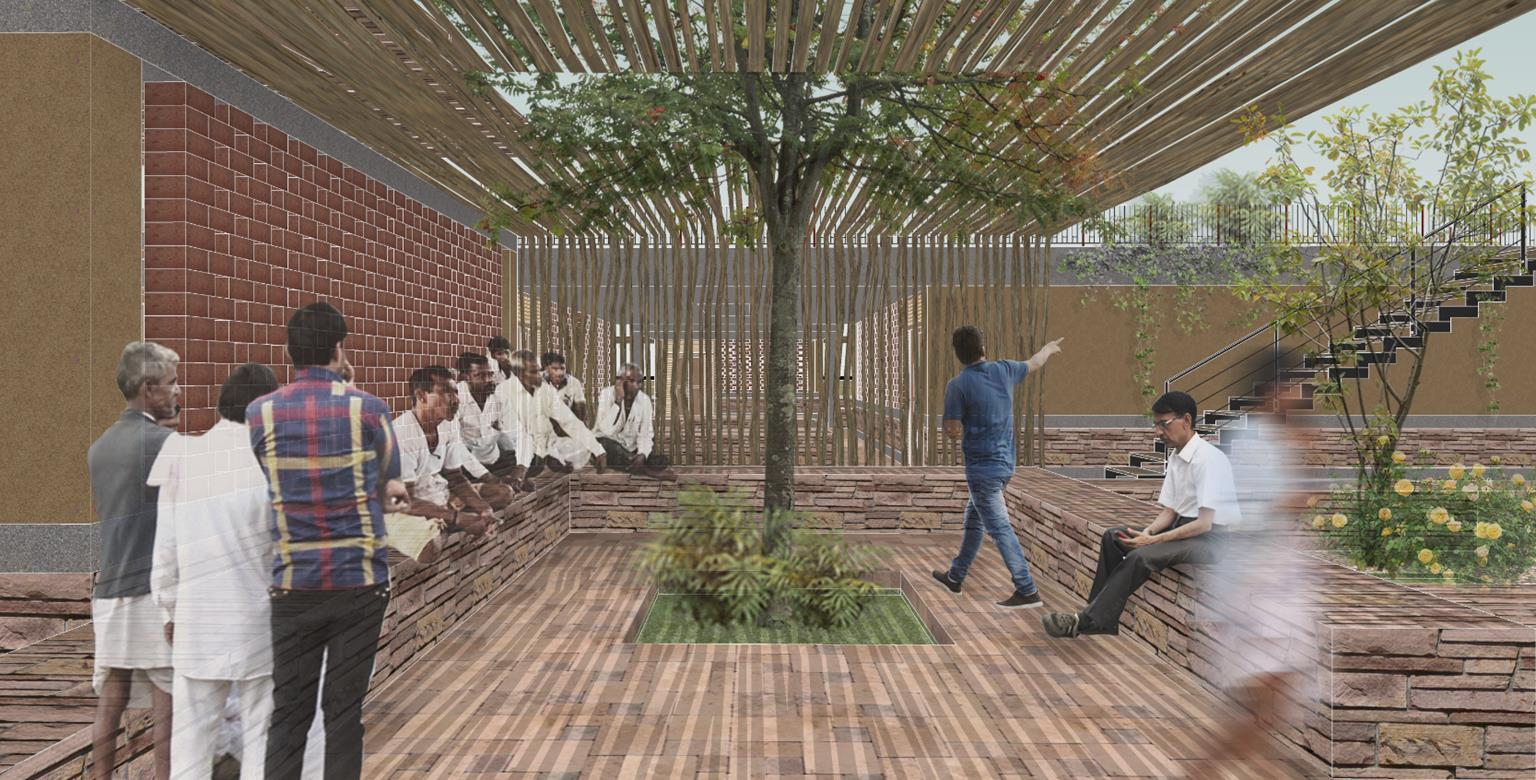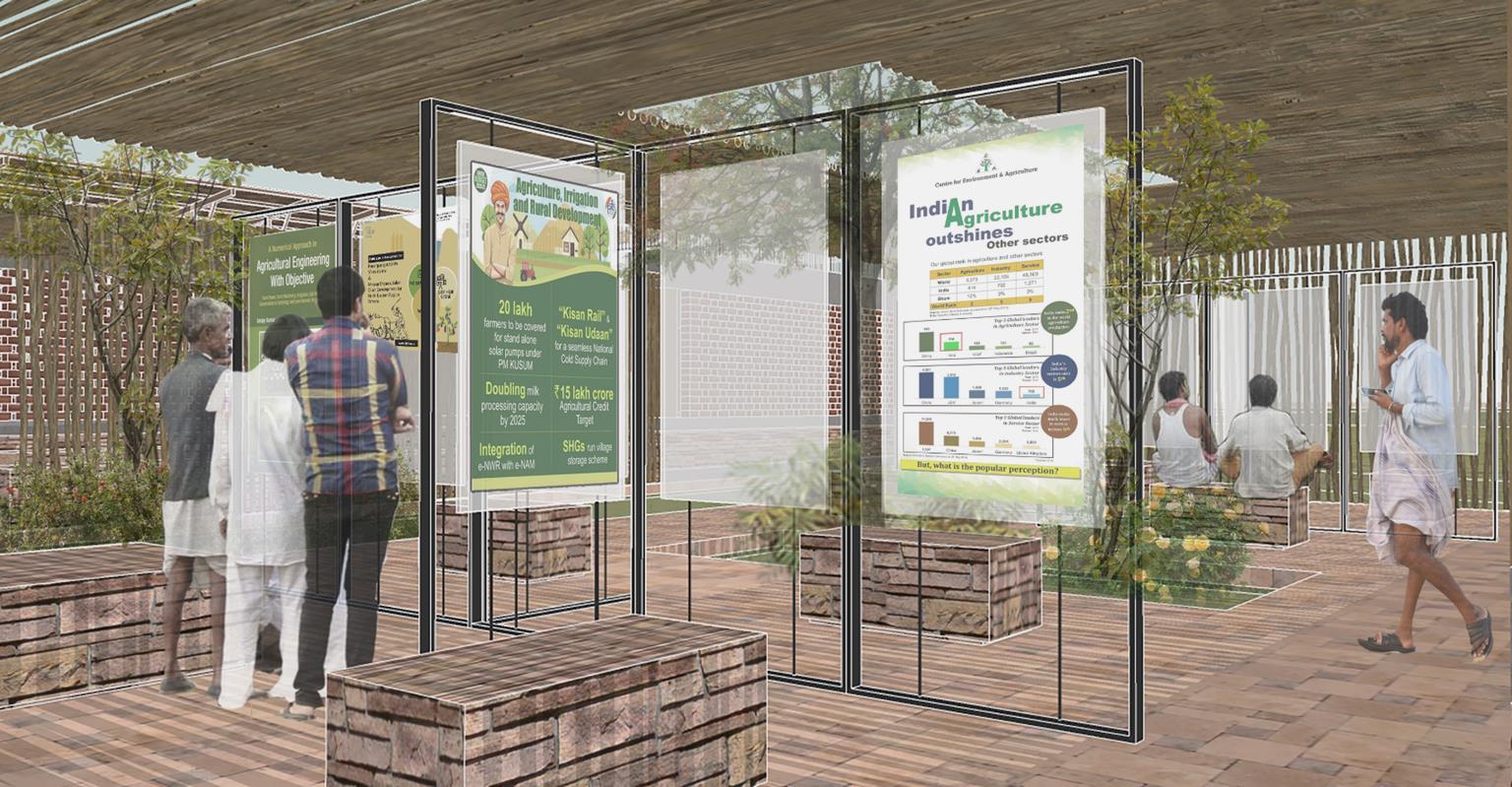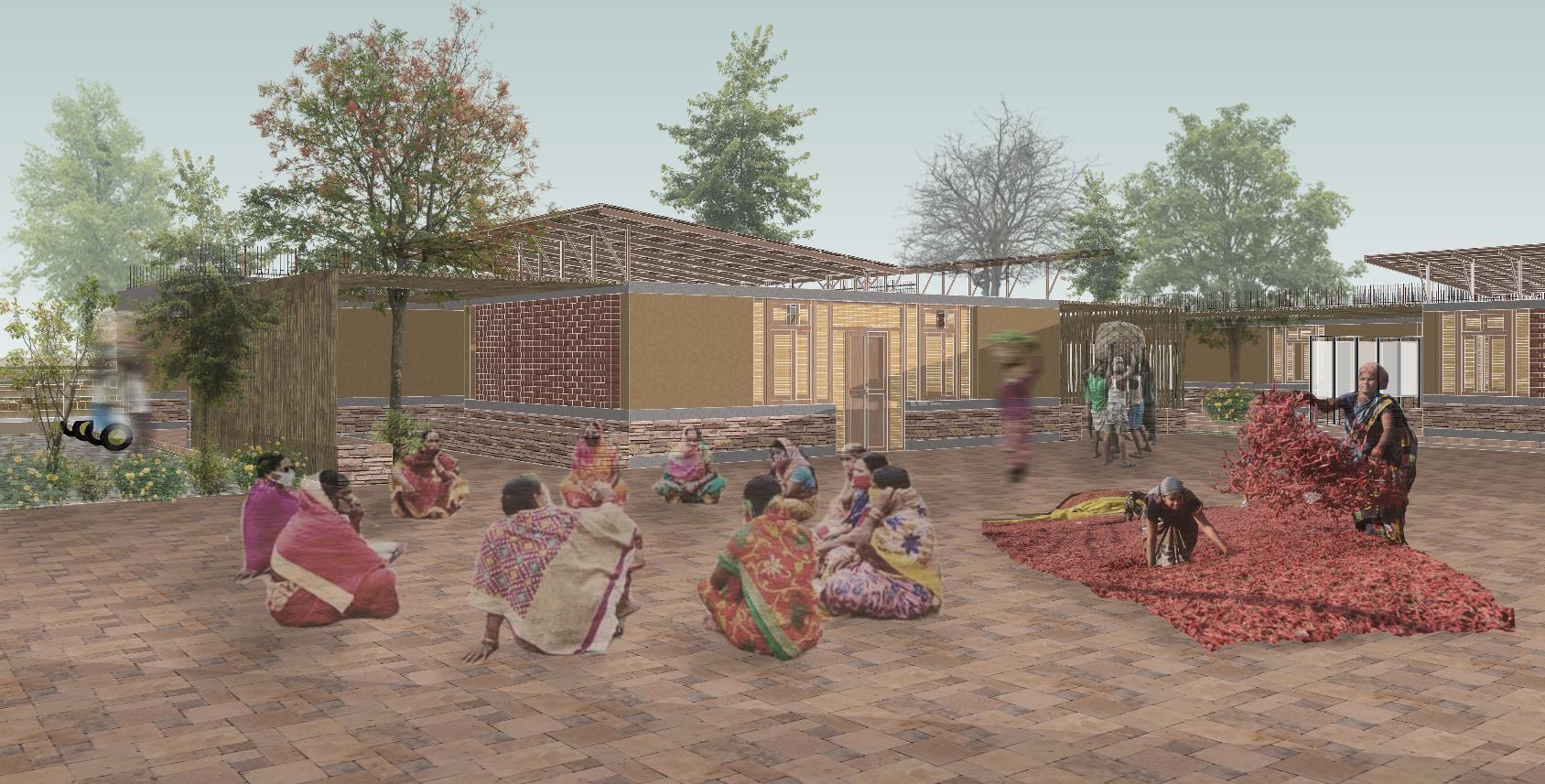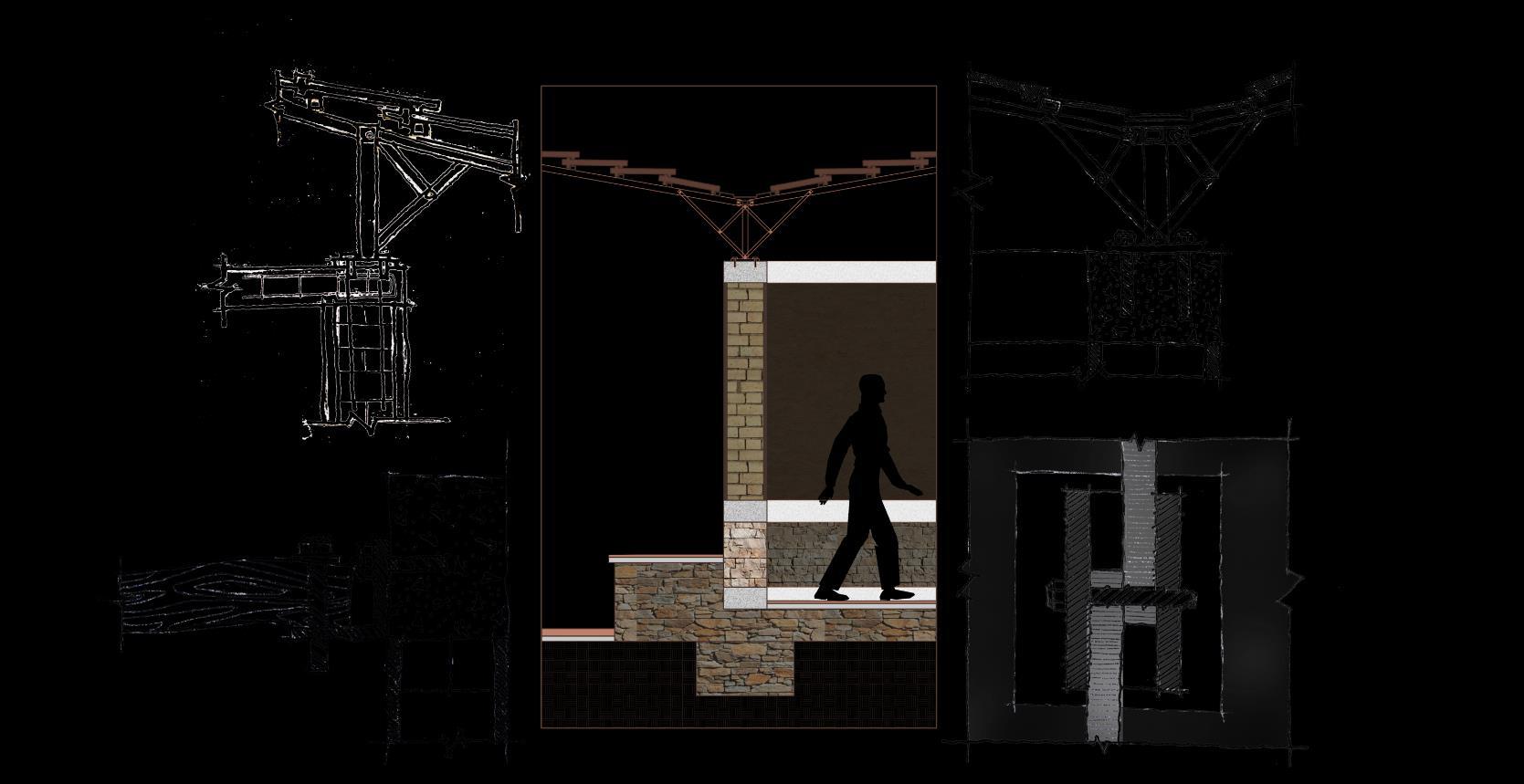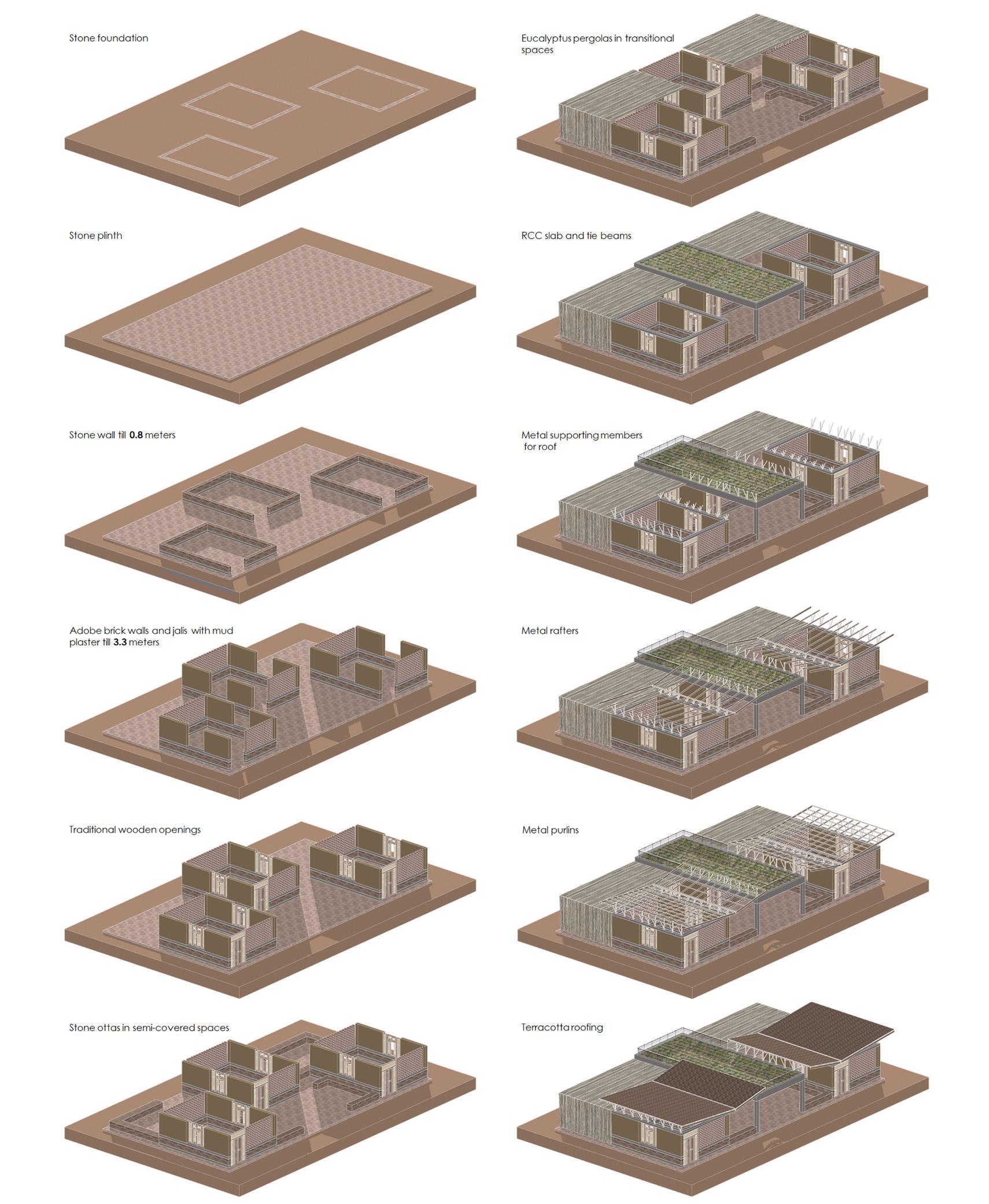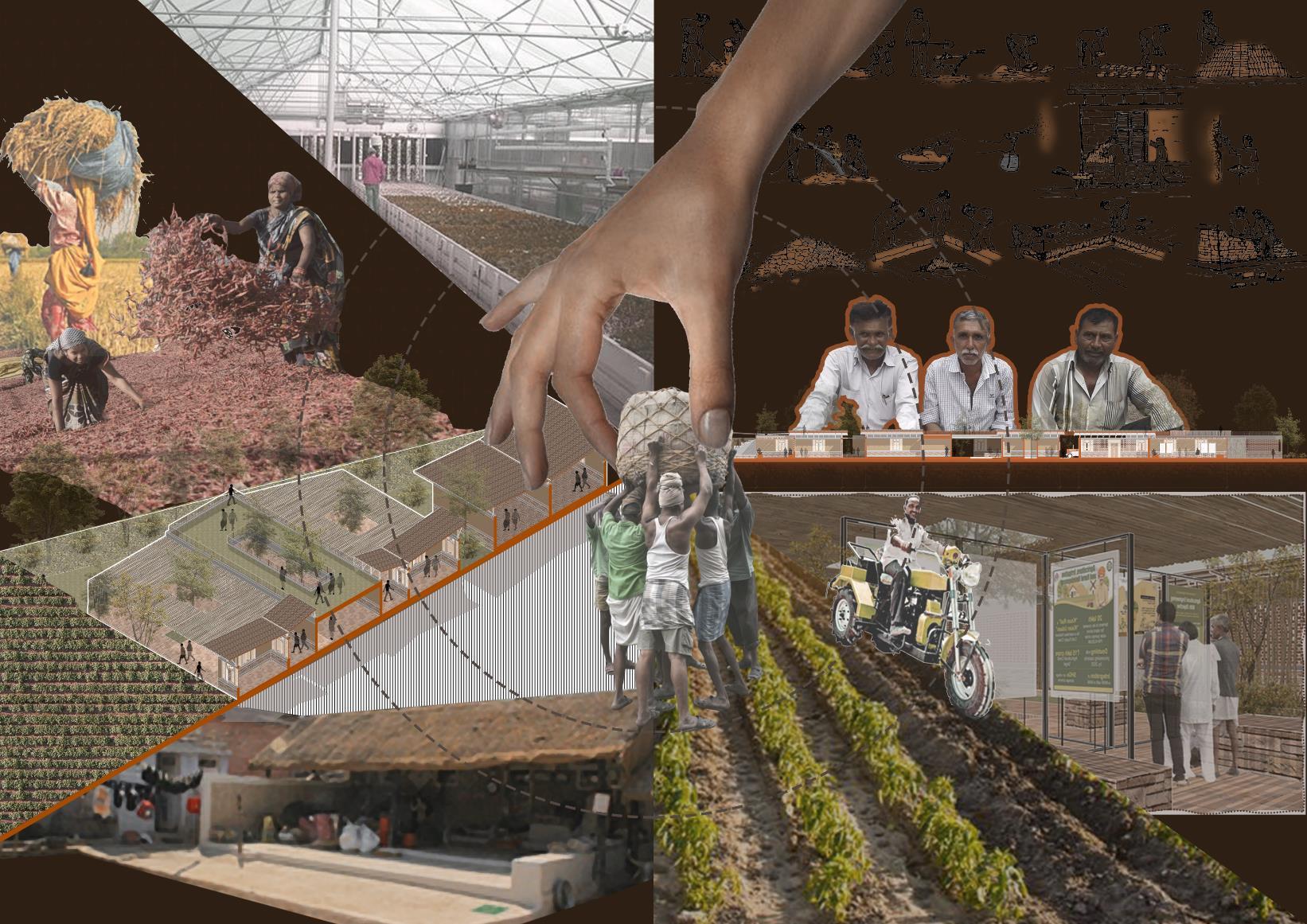Copyright disclaimer
Academic work done in the subject of “Architectural Design Thesis” during academic year 202223 is a combined intellectual property of the concerned student and Faculty of Architecture, Sarvajanik College of Engineering and Technology, (S.C.E.T), Surat.
All the data mentioned in the thesis report/subject including text, photographs, illustrations, graphics, drawings, 3d renderings, details, names, logos, product, and conclusions are the property of the institution and are protected by copyright and other form of intellectual property law.
These copyrights or intellectual property rights are in no way transferable to persons who have access to the thesis. Work compiled in this thesis report/subject cannot be reproduced, reused, copied, distributed, transmitted, or published by any means without the prior written consent of the publisher and the institution.
For written consent email at: - srdc@scet.ac.in
ACKNOWLEDGEMENT
Before I begin, I would like to express my gratitude for all those who, knowingly or unknowingly, directly, or indirectly helped in this thesis.
I am extremely happy to mention my special thanks to Ar. /Prof. Nikunj Patel, my guide for guiding me with valuable suggestions and supporting me from the beginning. I would like to express my gratitude to very supportive faculty and the administrative staff for encouraging me and supporting me throughout my academic career. I would also like to thank my Principal, Ar. Persi Engineer and Thesis Coordinator Prof. Mehul Patel and Prof. Vishal Mashruwala for guidance and approval of the project. I would like to thank Faculty of Architecture of Sarvajanik College of Engineering and Technology, for providing me with the opportunity to work on this project. Finally, I thank my family for constant support and friends who have immensely helped and supported me throughout the thesis project.
PREFACE
Agriculture and agricultural yields are vital factors for humans in making a living. Thus, agricultural yields must be sufficient to meet the needs of the world population. At present, however, the world resources are limited while the world population increases rapidly. Besides, the food resource areas are deteriorated and agricultural yields per hectare decreases. Apart from that, the world climate change, global warming, flood, drought, and water shortage have an adverse effect on food production, especially the agricultural sector. Food security of humans will collapse.
if there is no agricultural sector. The extension of knowledge and understanding of agricultural practices to the people affected is one of the promising guidelines for solving such problems. This project aims to explore architectural solutions, to understand the overall characteristics of the community while creating an area that can truly reconnect people to their inherent being of working the fields. The solution could be linking diverse agricultural subfunctions by a multidisciplinary approach that helps bring agriculture back in the mind of people, in the everyday discussions. City residents, researchers, students, all converging around a common purpose, growth of life through architecture.
To achieve this, the concept is the integration of education and agriculture. A built environment intertwined with fields’ pattern creates different types of spaces and continuous surfaces. It connects functions, people, and vegetation. To do so, the entire project is divided into three fragments of 1. Upper class, 2. Middle class, 3. Lower class, which covers all three classes of farmers. For that, the program is divided according to different farming sections, according to affordability.
2.3.2
3.4.2
3.4.3
3.4.4
3.4.5
3.4.6
3.4.7
3.4.8
3.4.9
3.4.10
3.4.11
3.4.12
3.4.13
3.4.14
1 Introduction
1.1 Overview of importance of farming sector in India
India is one of the major players in the agriculture sector worldwide and it is the primary source of livelihood for about 58% of India’s population. (IBEF)
In India, the agriculture sector has more than half of the total population of the country engaged, which makes it the sector with the greatest number of employees in the country. Comparing it with the developed nations, India has about 54.6% of the total population in the agriculture sector engaged, while in developed nations such as the UK, USA, France, and Australia, only 2%-6% of its total population is engaged in the agriculture sector. (Unacademy)
• Less-productivity
The Indian Economy is an agro-economy; the difficulty with such an agro-economy is that the agriculture sector is highly dependent on the cycle of production, distribution, and consumption. Another problem with the Agro-economy is productivity. Currently, Indian Farmers produce 2.4 tons of rice per hectare of land, far behind its actual potential. On the other hand, China and Brazil produce 4.7 and 3.6 tons of rice per hectare. (Unacademy)
• Instability and lack of knowledge
Agriculture in India is largely depending on monsoon. As a result, production of food-grains fluctuates year after year. A year of abundant output of cereals is often followed by a year of acute shortage. On the other hand, most of the farmers are growing the same crops repeatedly and as a result, soil quality and land fertility decreases over a time, which results in low food production due to lack of knowledge.
• Co-relation between food insecurity, poverty and agriculture
For a long time, poverty has been concentrated in the rural parts of India. There have been many studies that explain the direct linkage between poverty and agriculture (World Development Report 2008; Godoy 2010). There are many ways agricultural growth can lead to the betterment of a country’s population. First, improved agriculture can directly result in increased farm income. Second, the availability of cheaper food will have a positive effect on nutrition. Third, agriculture creates an opportunity for the non-farm sector as well (World Development Report 2008; Godoy 2010).
• lack of knowledge
The current critical issues that plague Indian agriculture are the knowledge and infrastructure deficits, especially in rural areas. Problems related to irrigation infrastructure, market infrastructure and transport infrastructure add high costs to farmers’ operations. Another issue is the lack of delivery mechanisms. There are a number of schemes aimed at bringing development to agriculture. We do not have effective delivery mechanisms that can translate into effective facilitation in terms of increasing productivity, decreasing cost, or increasing price realization at the ground level.
1.2.1
of current crisis and issues mentioned across by scholars and organizations.
Increased population
More demand for food Less production
Lack of knowledge
Food insecurity and food crisis
1.3 Concept of research and learning centers
Traditional farming methods lesser productivity in front of higher inputs and Exploitation and Slavery
1.5 Case studies and study parameters for better understanding of project
Sarvasva
1.5.2 Cluster of agrarian buildings for Stanford educational farm, Silicon Valley
Sarvasva
and learning center for the welfare of the farming center, Lathi-Amreli
1.5.3 Center of excellence for vegetables, Vadrad
Sarvasva
Lathi-Amreli
1.6 Comparative analysis
Sarvasva
2.1 Climate, geography, cropping patterns and other parameter study of Gujarat state.
• There are five types of soil in Gujarat state: (1) Medium black soil, which is more suitable for maize (2) Deep black soil, which is suitable for wheat, rice, jowar, cotton and plantation crops (3) Goradu soil which is found to be suitable for any crop (4) Shallow residual soil near riverbanks and (5) Soil near seashores. The area of Gujarat can be classified into four groups as per the soil type. (1) North Gujarat (2) South Gujarat (3) Central Gujarat and (4) Saurashtra Kutchh area. Saurashtra and Kutchh area are more suitablefor corps like groundnut and bajara, white the soil of Sabarkantha and Panchmahal districts is more suitable for maize.

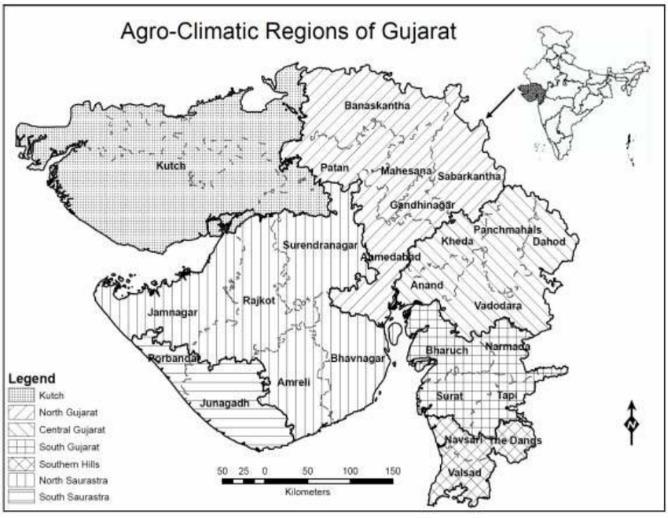
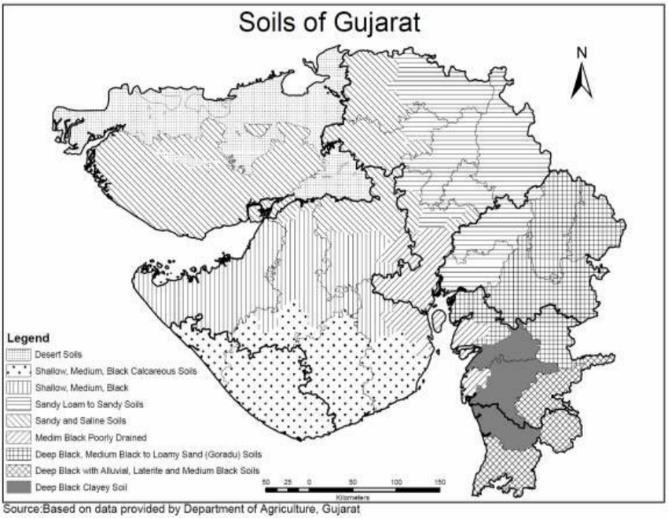
• Climate change is a global phenomenon today and its impacts are being felt. Rise in temperatures and increased rainfall have been predicted for this region. The analysis of annual average rainfall for two time periods, 1960–1990 and 1991–2008, are presented in figures 2 and 3 respectively. This decadal analysis shows that rainfall intensity is increasing in Gujarat as predicted by the PRECIS Regional Climate Model for India (Ministry of Environment and Forests, 2012). Gujarat received less rainfall during the period 1960–1990 compared to 1991–2008.

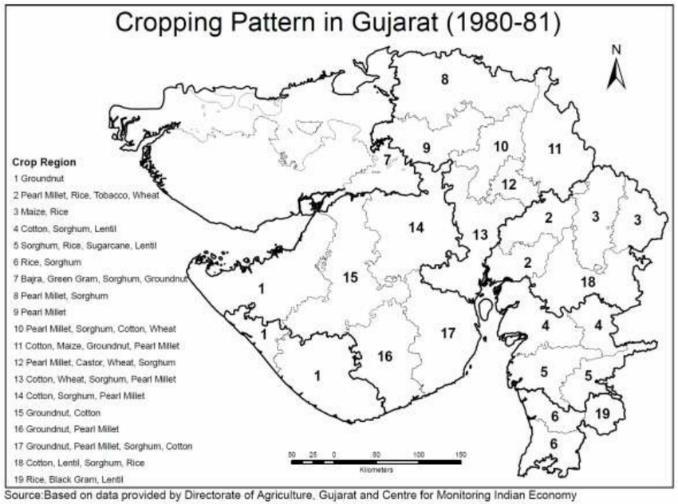
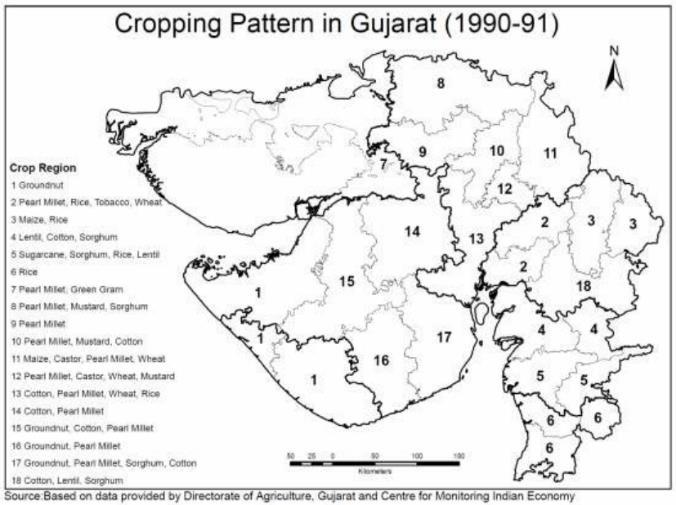
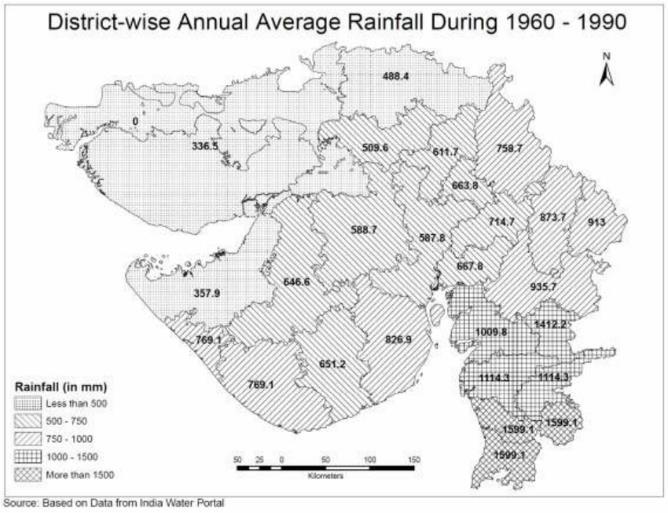
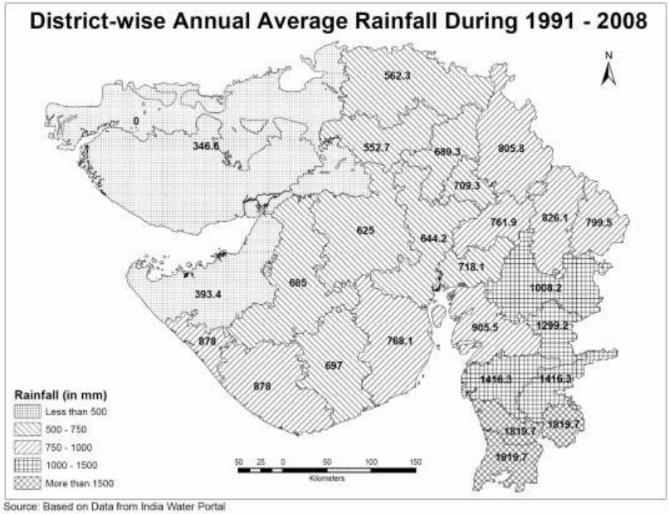
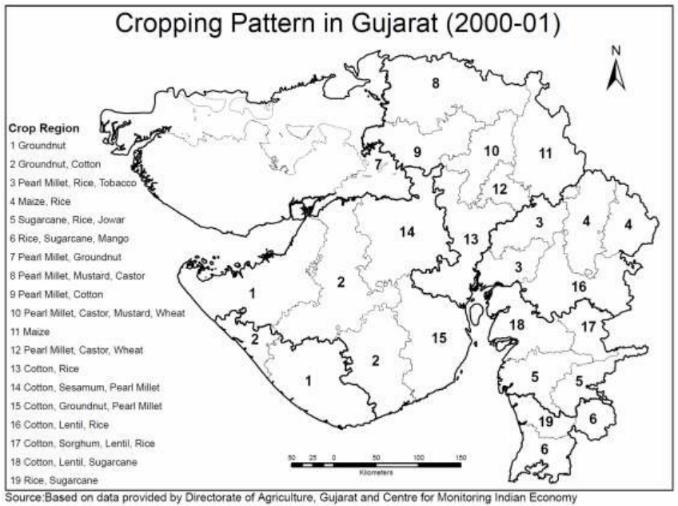
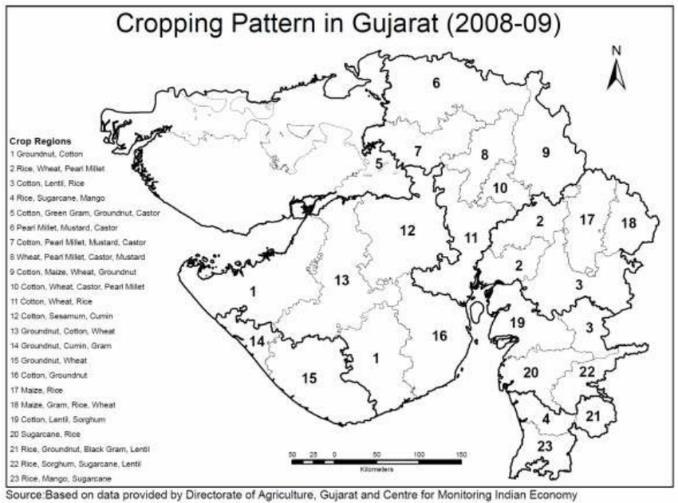
• Increased irrigation has allowed the cultivation of water-intensive cash crops, which has been mainly responsible for groundwater depletion. Nearly 79% of net irrigated area is dependent on groundwater. The shift towards water intensive crops in a largely groundwater dependent region undoubtedly gives rise to unsustainable practices. South Gujarat has seen a constant rise in the percentage of irrigated GCA. Being part of Gujarat‘s arid region agriculture was not promoted in Kutch. However, over the past decades, with increased ground water extraction, the traditional cropping pattern shifted towards cotton, a water intensive crop. The increased irrigation is due to groundwater mining.
2.1.1 Inferences
It has been observed that, south Gujarat region like, Valsad, Navsari, Surat and Dang area has significantly more rainfall and better climate and geographical conditions for agriculture activities. Irrigation in the Southern Hills is concentrated along two districts, Valsad and Navsari. Navsari has a high, nearly 60% of its gross cropped area irrigated. In addition to that, well connected road-network, Institutional infrastructure, and modernization has opened up the doors of growth for farmers.
North Gujarat has also undergone increased irrigation with Gandhinagar registering maximum cropping intensity. This drastic increase has led to the lowering of groundwater tables. Groundwater extraction for agricultural purposes is the highest in this region. Central Gujarat, a productive agricultural zone, has recorded high agricultural productivity since the early 1960s owing to an expanding GCA under irrigation, with highest in Anand district at close to 80%. Moreover, initiative of Indo-Israel centre of excellence by government has boosted agriculture growth significantly higher, as they are training and creating better farming techniques to local farmers according to climate and geography.
North Saurashtra has seen a marginally rising percentage of irrigated GCA, which is resulted lower area irrigated compared to other regions of the state. The long-term sustainability of cotton cultivation in North Saurashtra needs to be questioned as its soils are shallow and medium black. South Saurashtra ‘s irrigation patterns are similar to North Saurashtra ‘s. Further, Saurashtra being a hard rock area, the recharge potential is limited (Mudrakartha 2011). Prolonged cultivation of water intensive crops over South Saurashtra ‘s shallow, black calcareous soils could potentially lead to salinity. On the other hand, villages in saurashtra are very much scattered and spread across 31% of total state area of Gujarat. Still, no major education or learning facility is available to teach and introduce new farming trends to local farmers. As a result, growth of farming sector is fluctuating, and farmers are becoming vulnerable to migrate to southern Gujarat regions for construction and transportation works.
Overall saurashtra region of Gujarat has potential for faster growth as, other regions are already growing in farming sector. So, this region might be ideal for new facilities regarding research and learning which can boost the growth just like the other regions of Gujarat.
2.2.1 Site location
The long-term sustainability of cotton cultivation in NorthSaurashtraneedstobequestionedasitssoils are shallow and medium black. South Saurashtra ‘s irrigation patterns are similar to North Saurashtra ‘s. Further, Saurashtra being a hard rock area, the recharge potential is limited. Prolonged cultivation of water intensive crops over South Saurashtra ‘s shallow, black calcareous soils could potentially lead to salinity. On the other hand, villages in saurashtra are very much scattered and spread across 31% of total state area of Gujarat. Still, no major education or learning facility is available to teach and introduce new farming trends to local farmers. As a result, growth of farming sector is fluctuating, and farmers are becoming vulnerable to migrate to southern Gujarat regions for construction and transportation works.
2.2.2 Site and immediate context
Sarvasva
and learning center for the welfare of the farming center, Lathi-Amreli
2.2.3 Site views
2.2.5 Site justification
2.3.1 User study
2.3.2 Design program
2.4 Village fabric study to understand the relation between programmatic and nonprogrammatic spaces.
2.4.1 Material study of local context
2.4.2 Material making and application process.
2.4.3 On-site material and construction technique exploration
Sarvasva
Sarvasva
3.2 Conceptual drawings
3.4.1 Master plan
3.4.2 Design approach for built spaces.
1. Creating informal spaces by dividing and scattering built blocks to enhance building envelope as well as inviting users in interactive spaces.
2. Connecting built masses to farm fields by creating green roof terraces and grid in plan.
Sarvasva
3.4.4 Isometric view of overall site
Sarvasva
Sarvasva
Sarvasva
Sarvasva
Sarvasva
Lathi-Amreli
Administration entrance
Sarvasva
Foyer space of learning center
Circulation spaces
Semi-covered learning space
Sarvasva
Sarvasva
Storage and packaging unit court
3.4.12 Wall section
3.4.13 Joinery details
Sarvasva
This project aims to explore architectural solutions, to understand the overall characteristics of the community while creating an area that can truly reconnect people to their inherent being of working the fields. The solution could be linking diverse agricultural subfunctions by a multidisciplinary approach that helps bring agriculture back in the mind of people, in the everyday discussions. City residents, researchers, students, all converging around a common purpose, growth of life through architecture.
